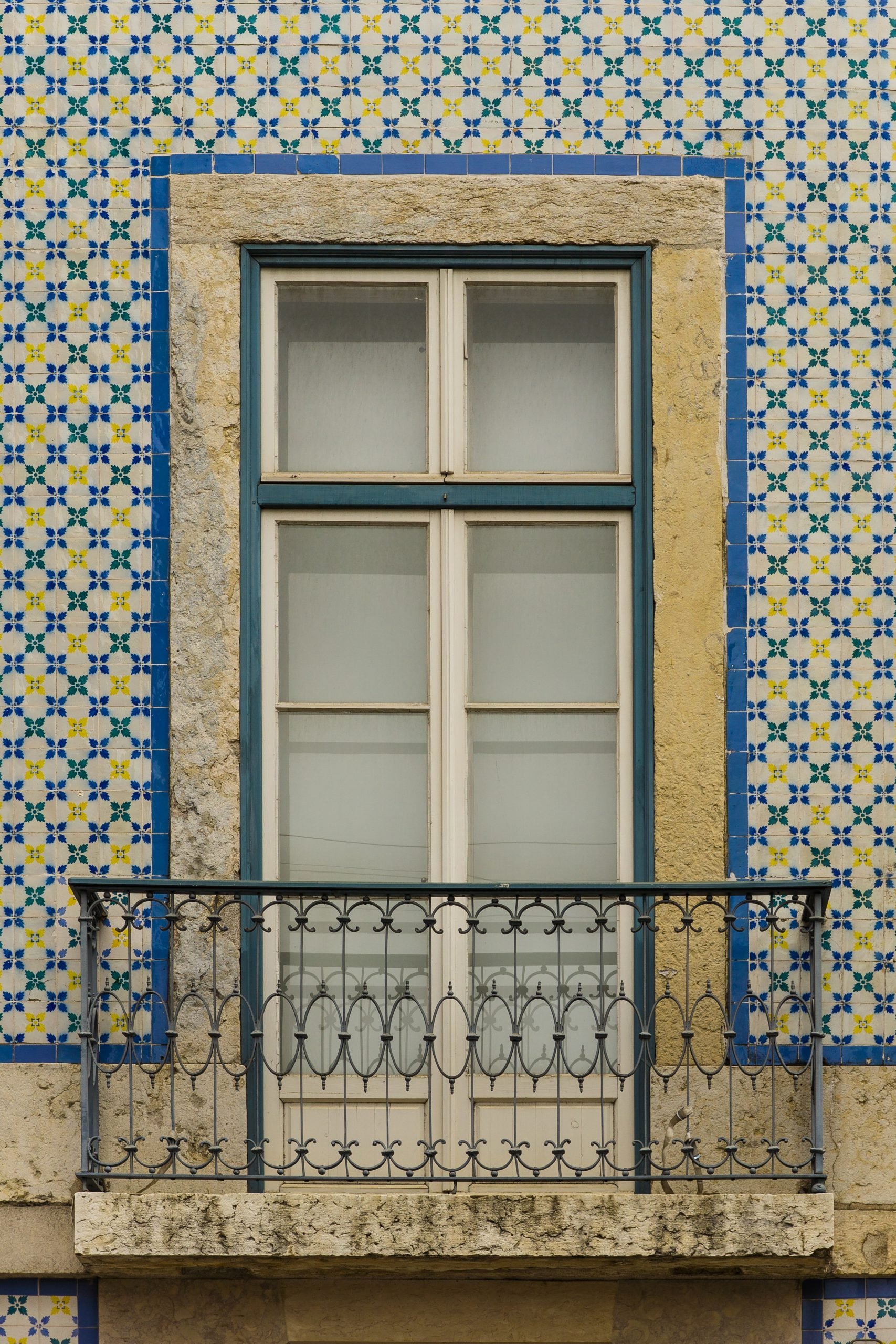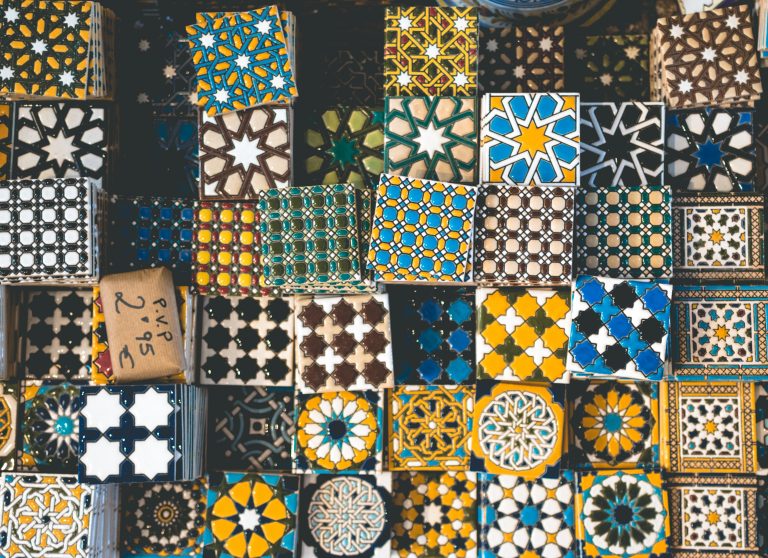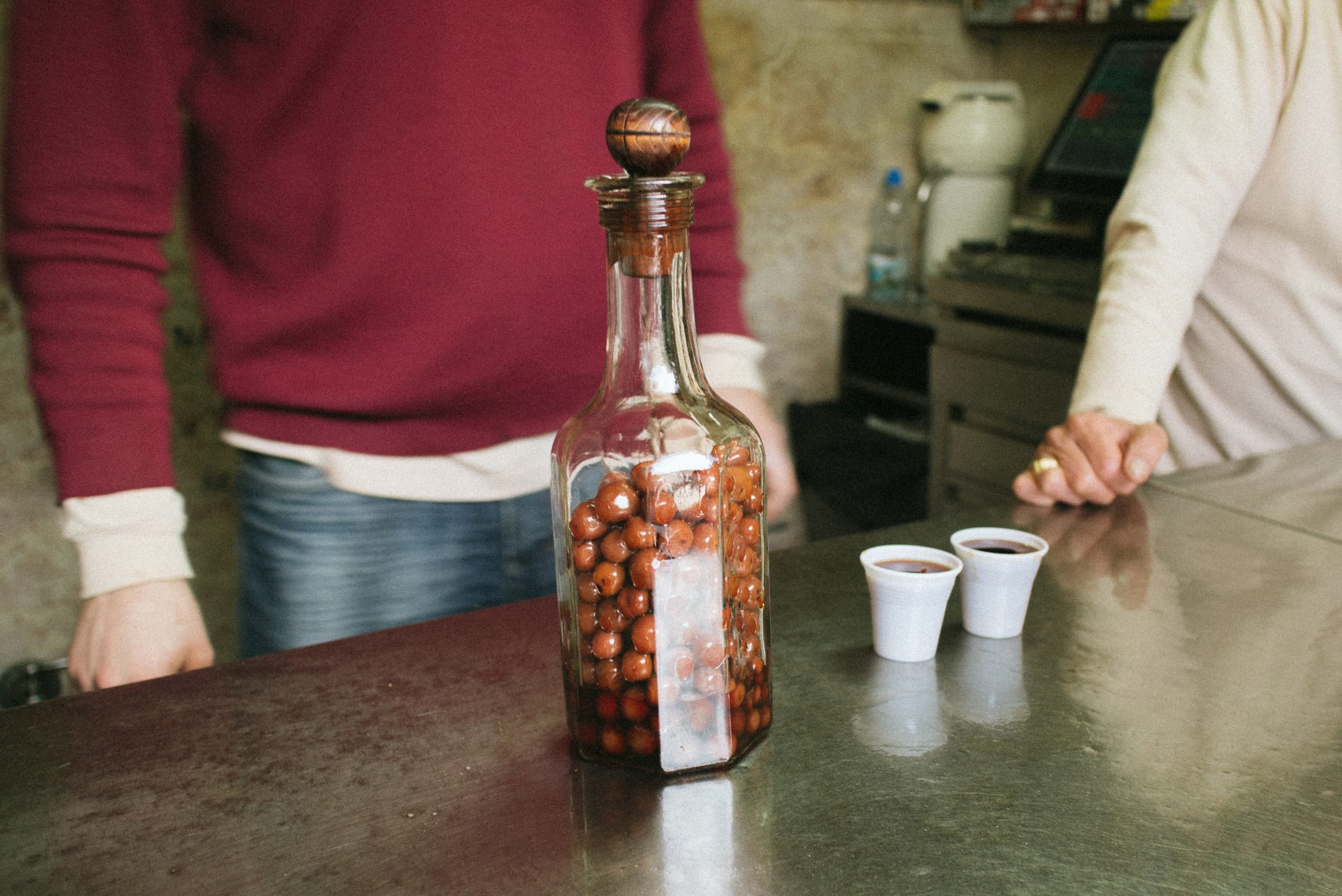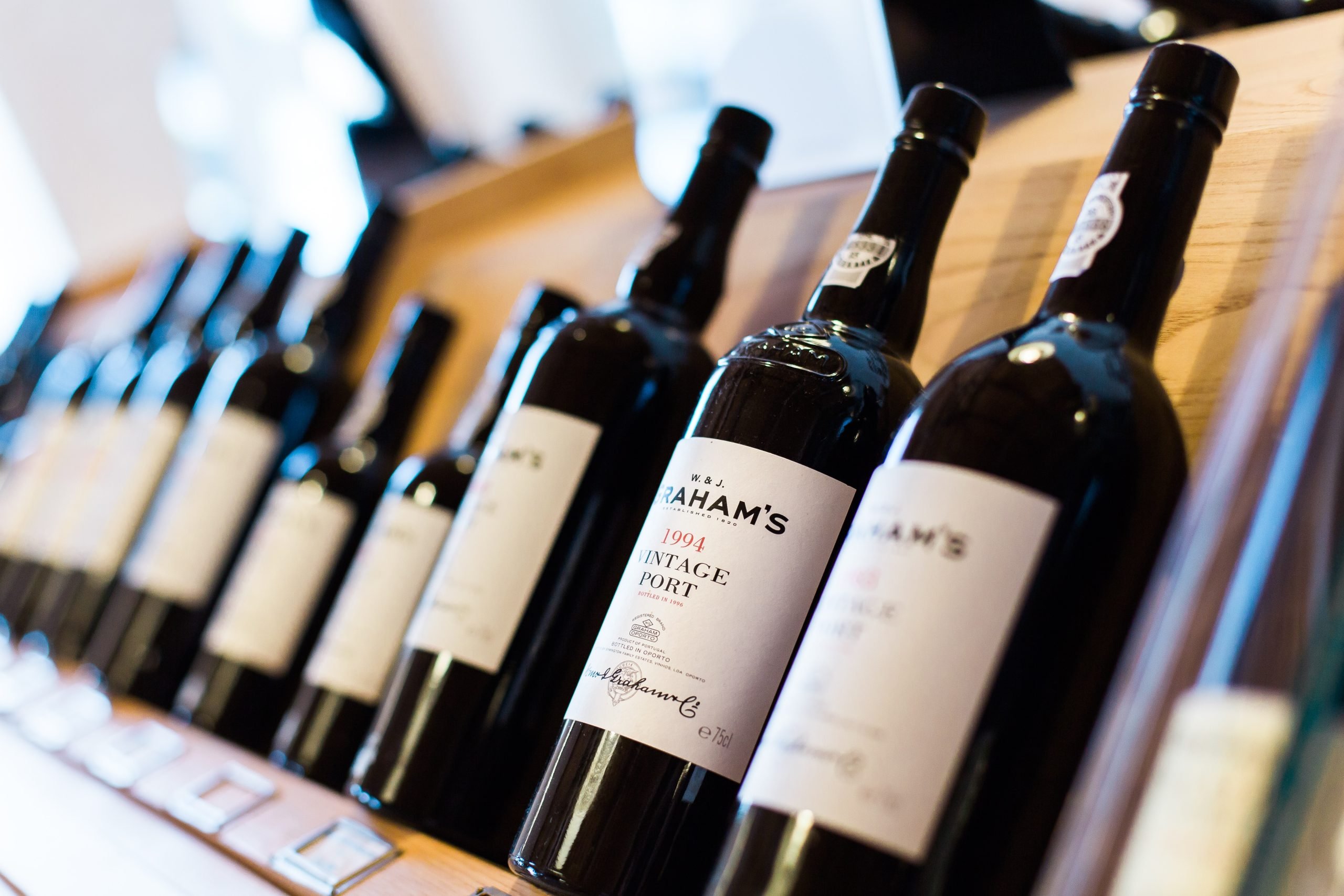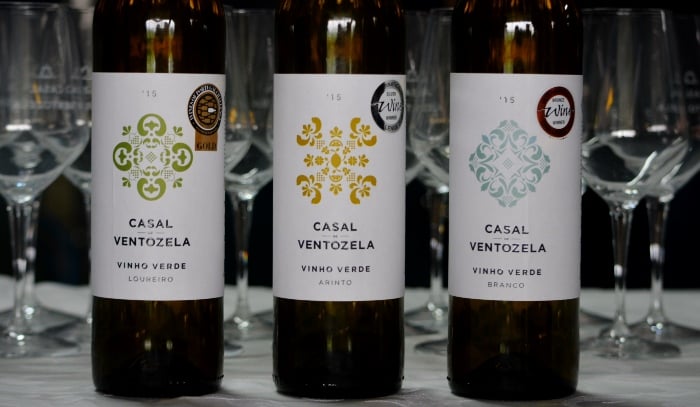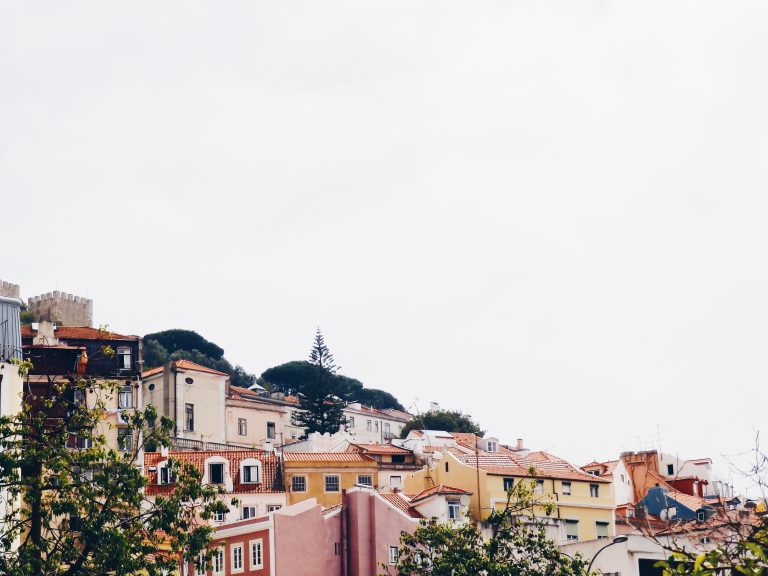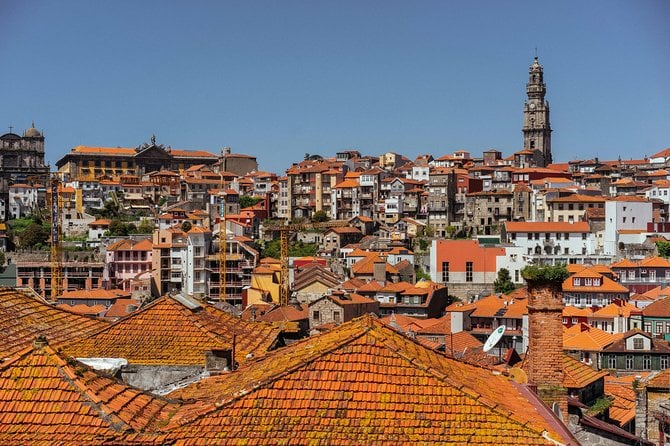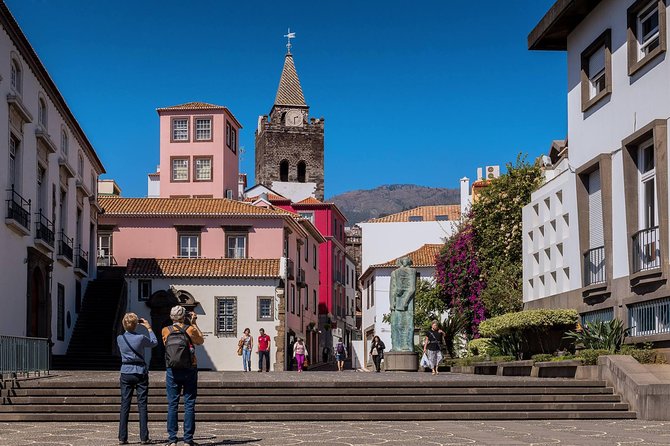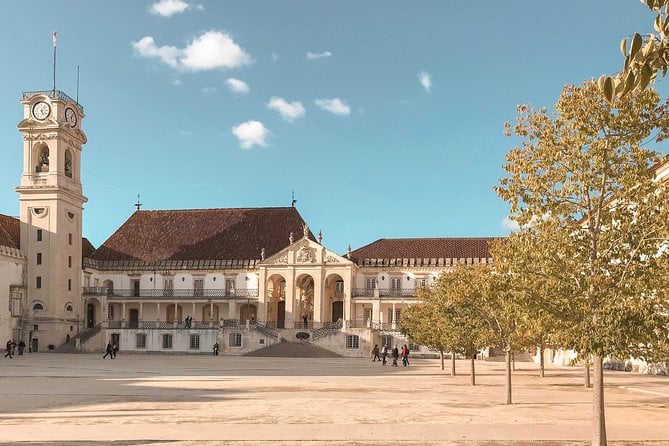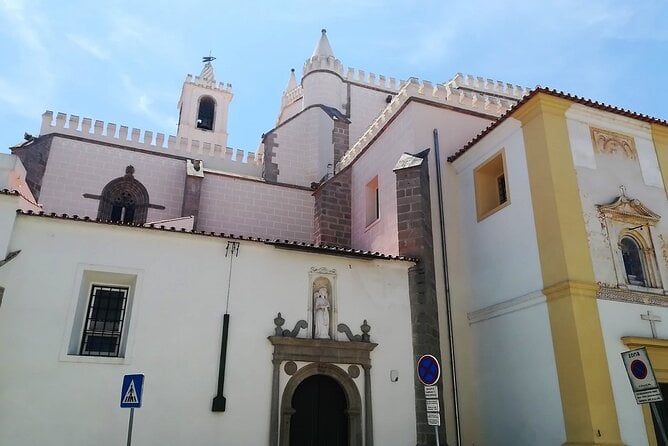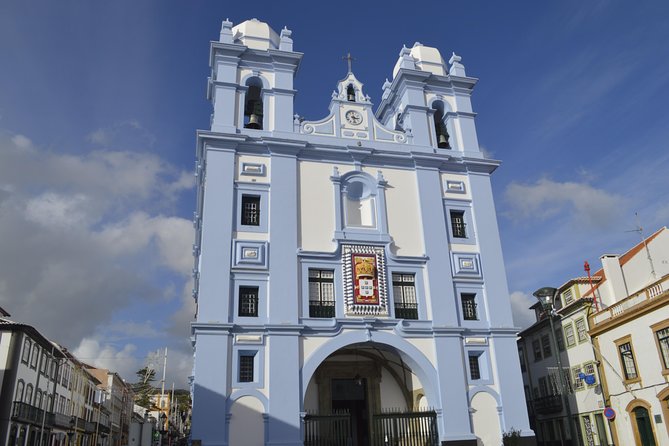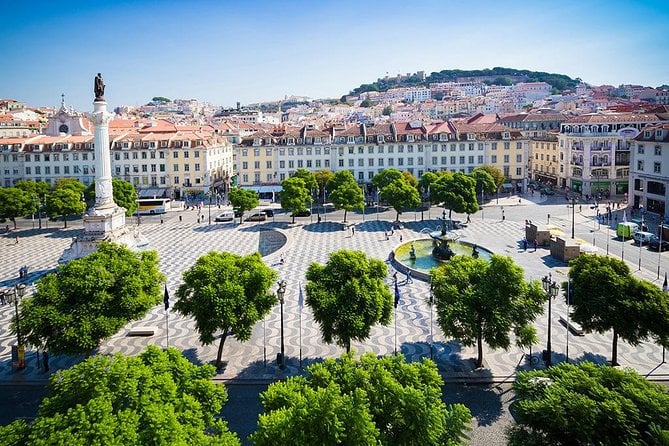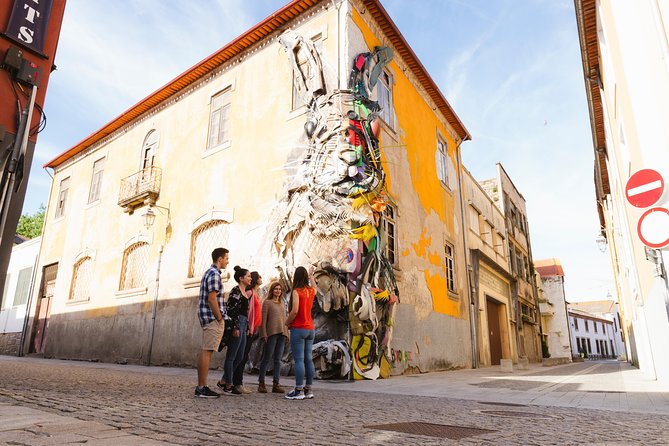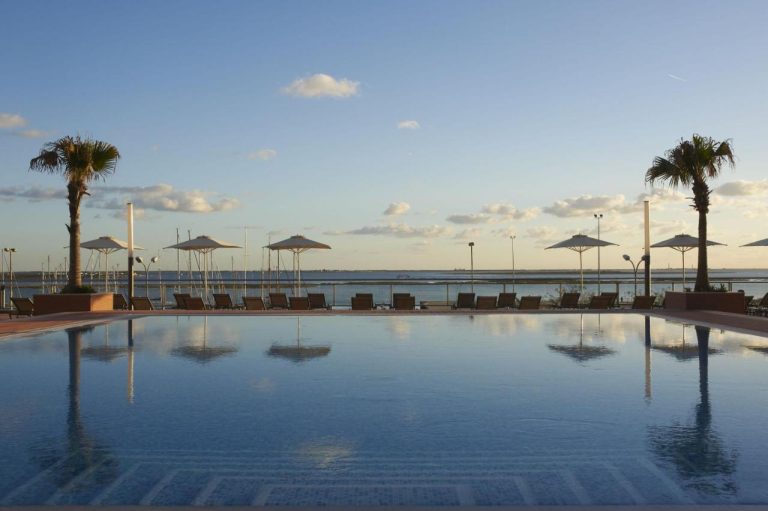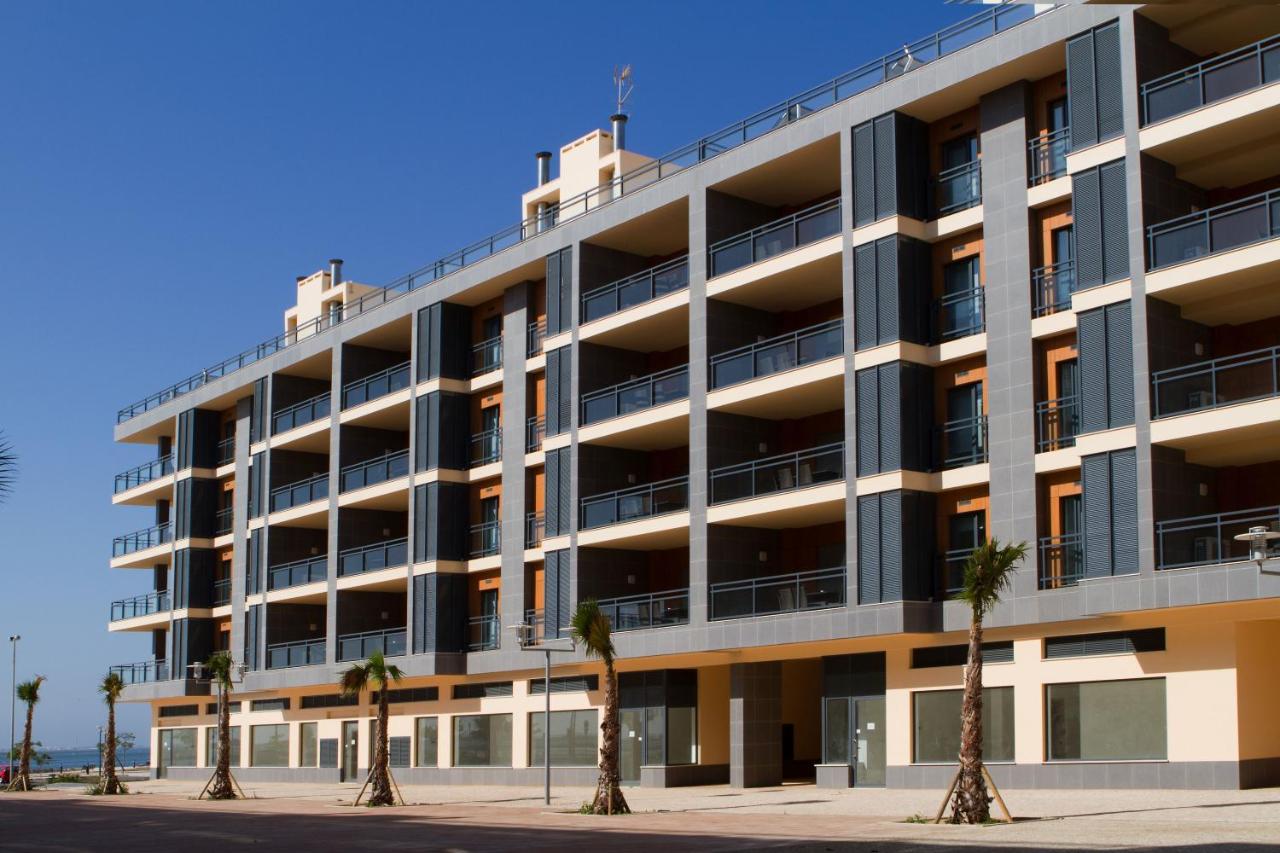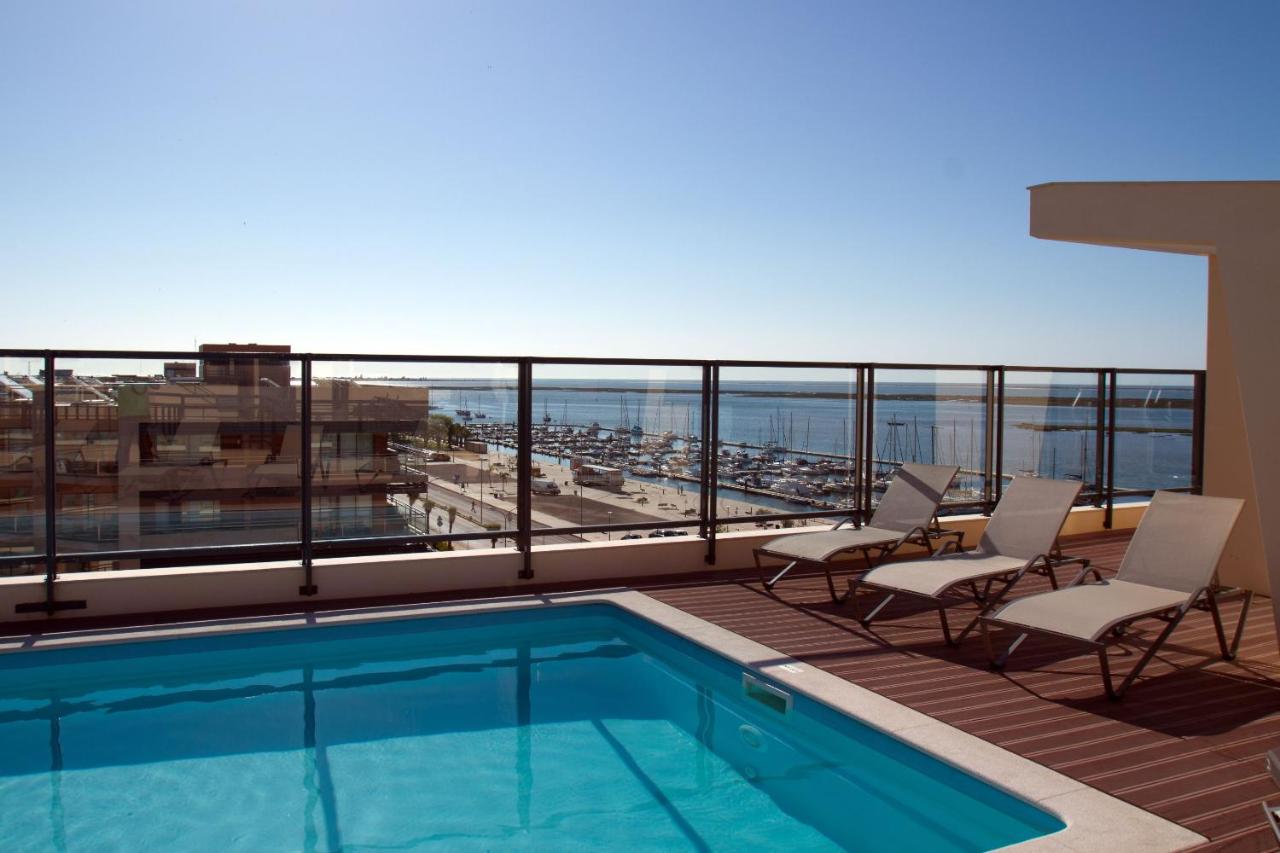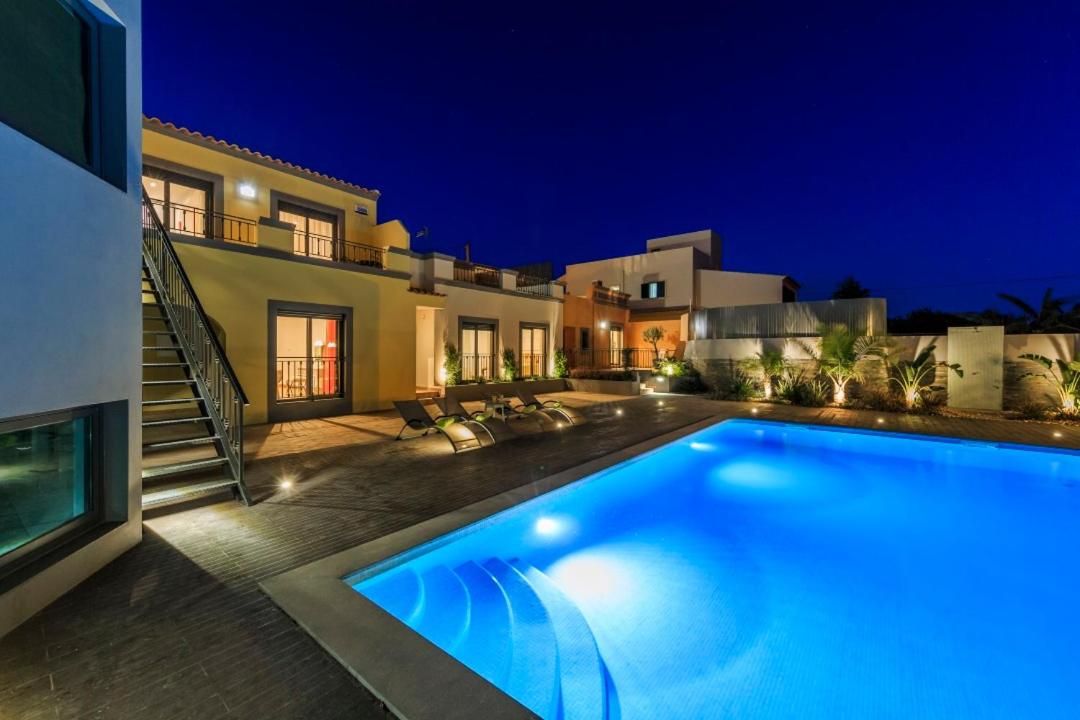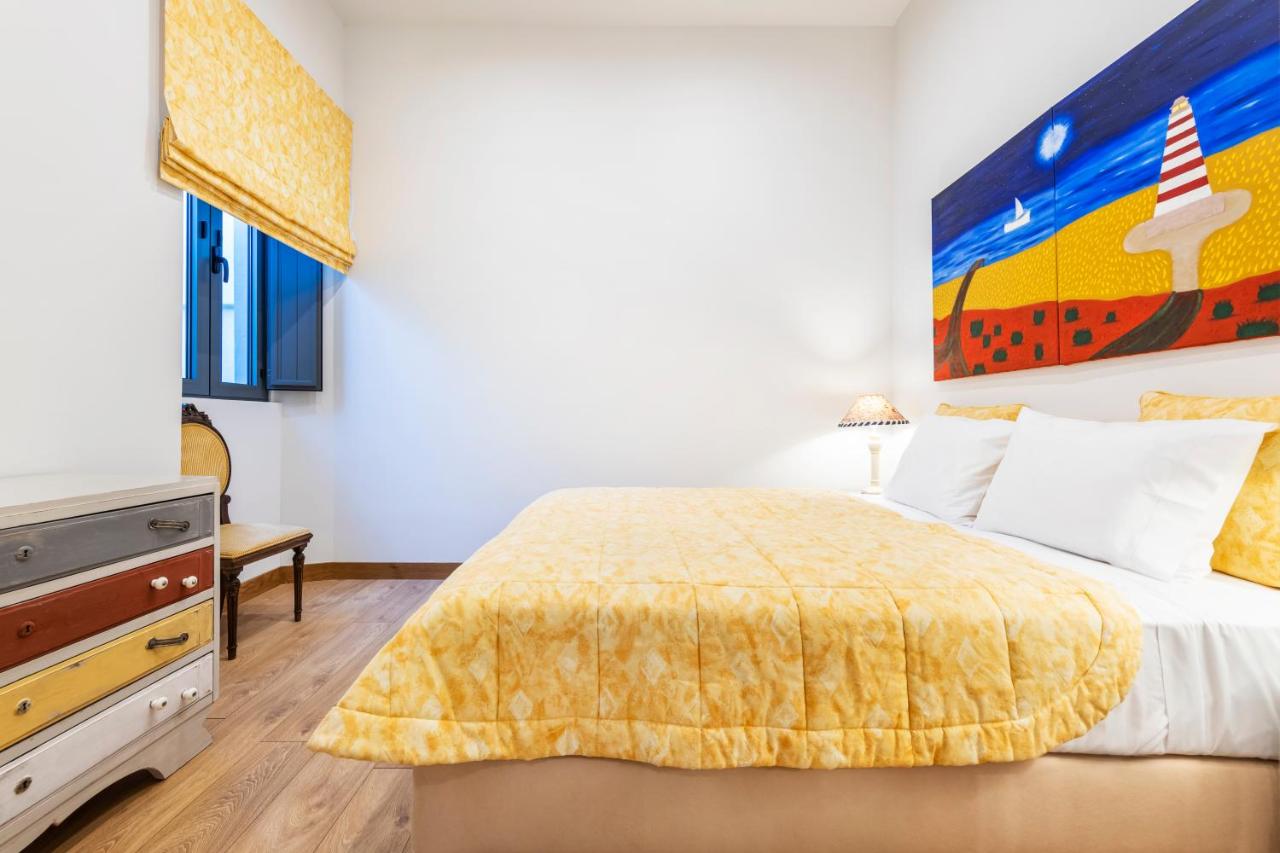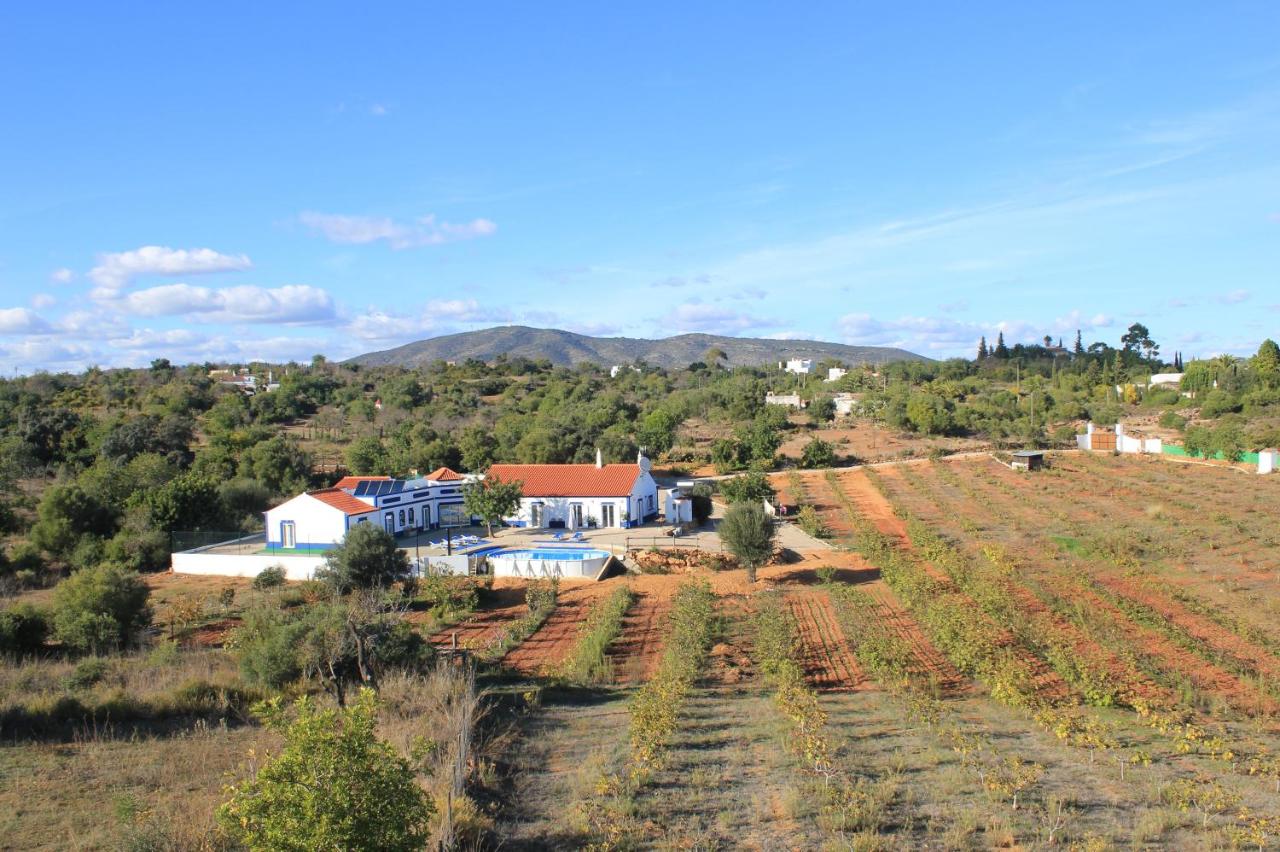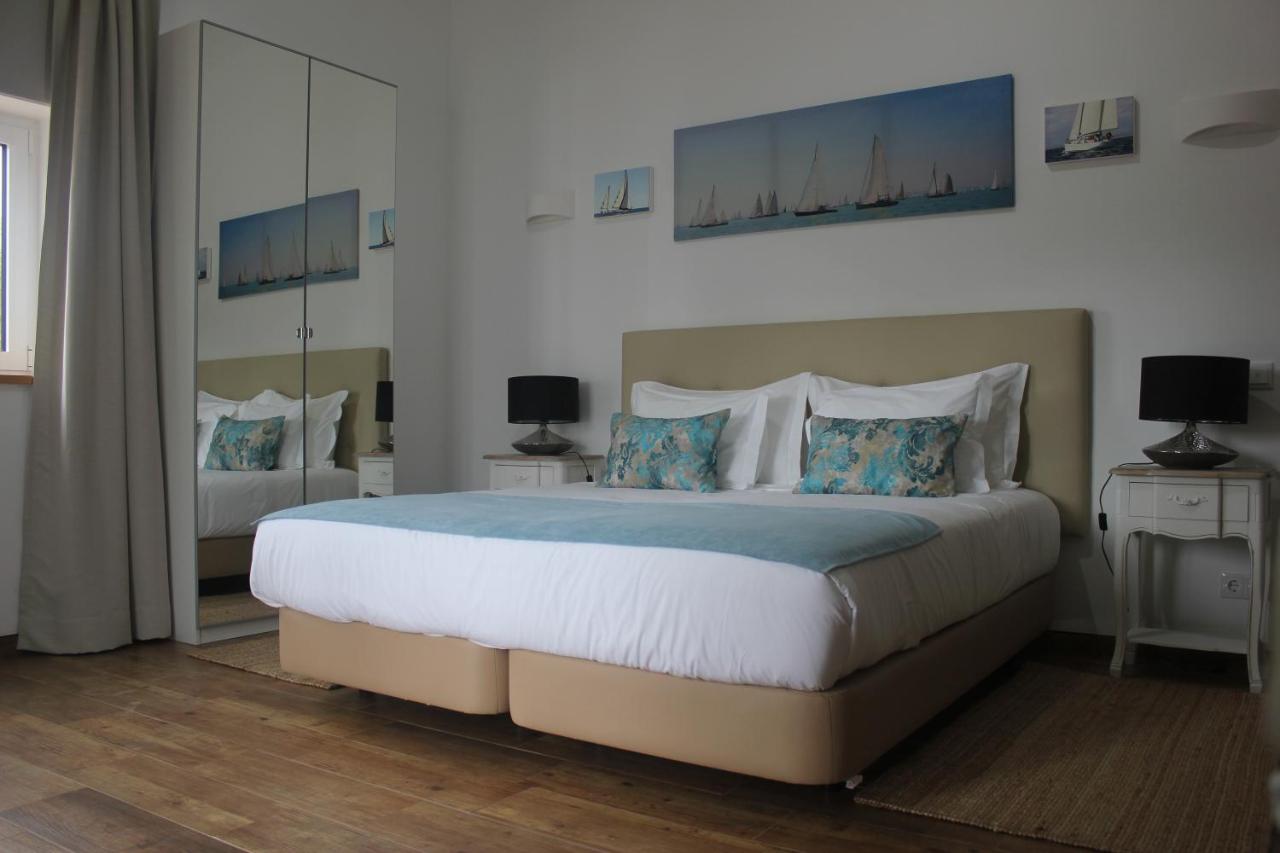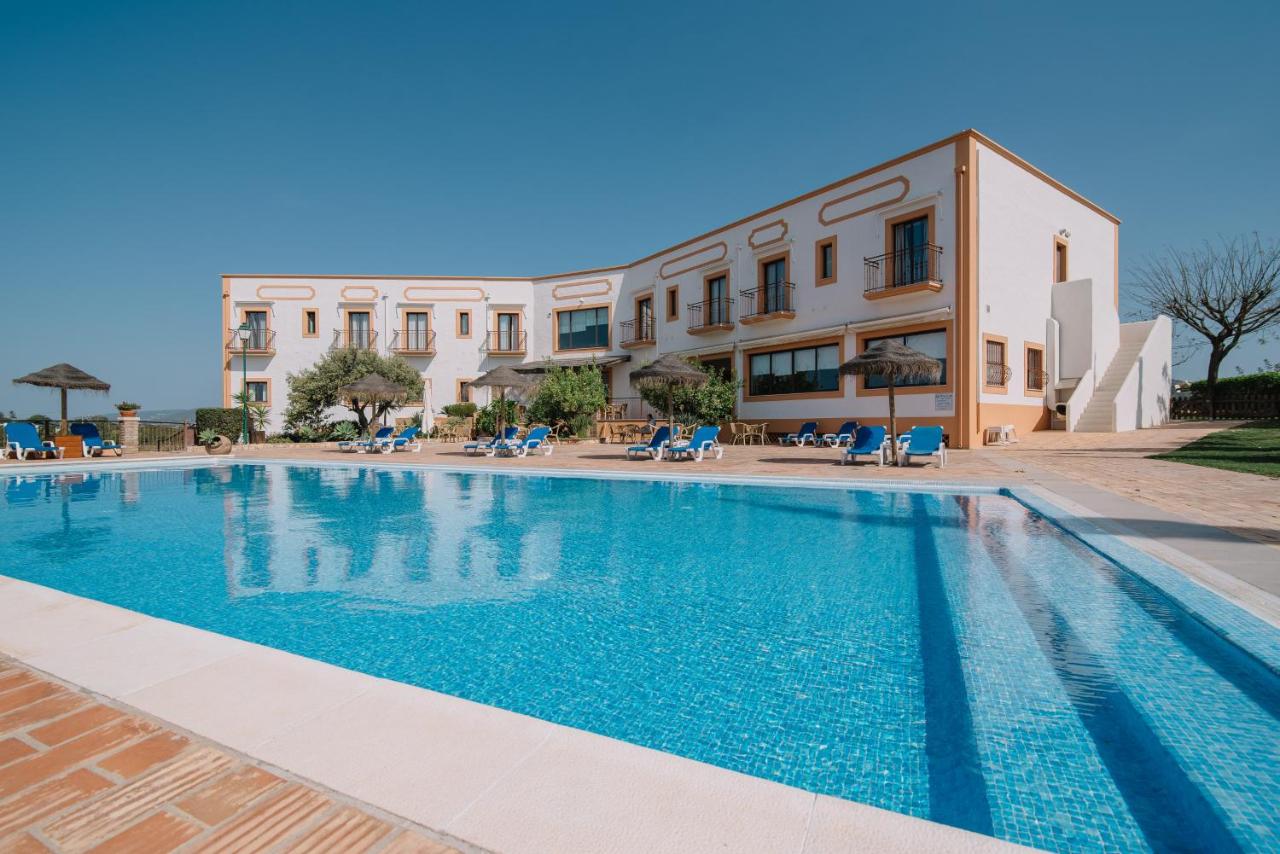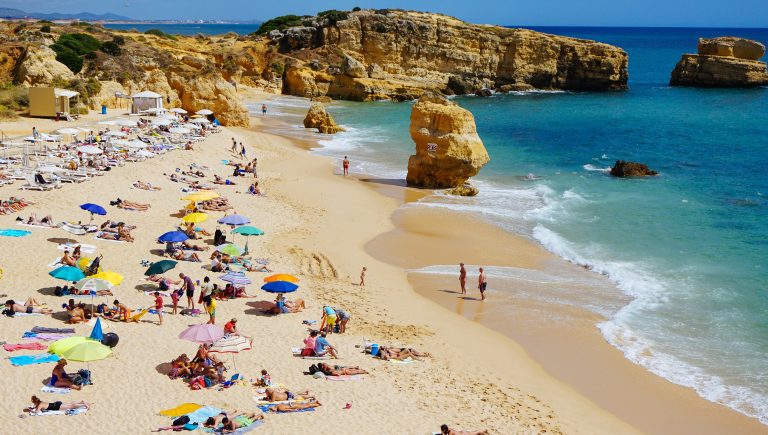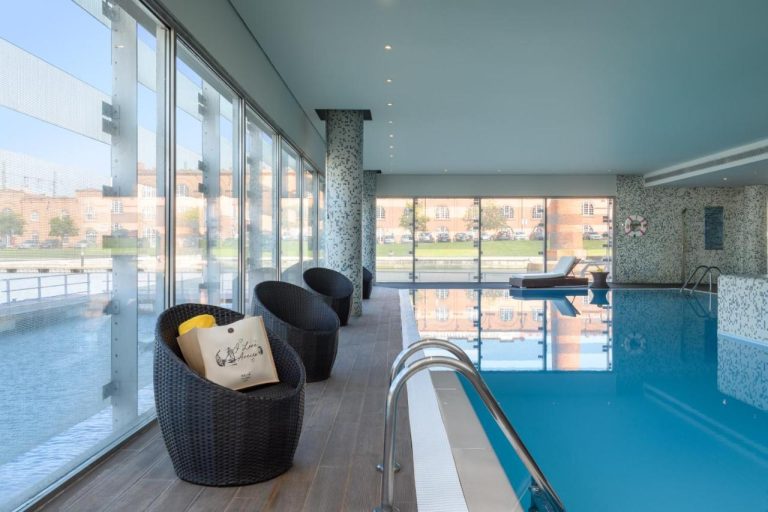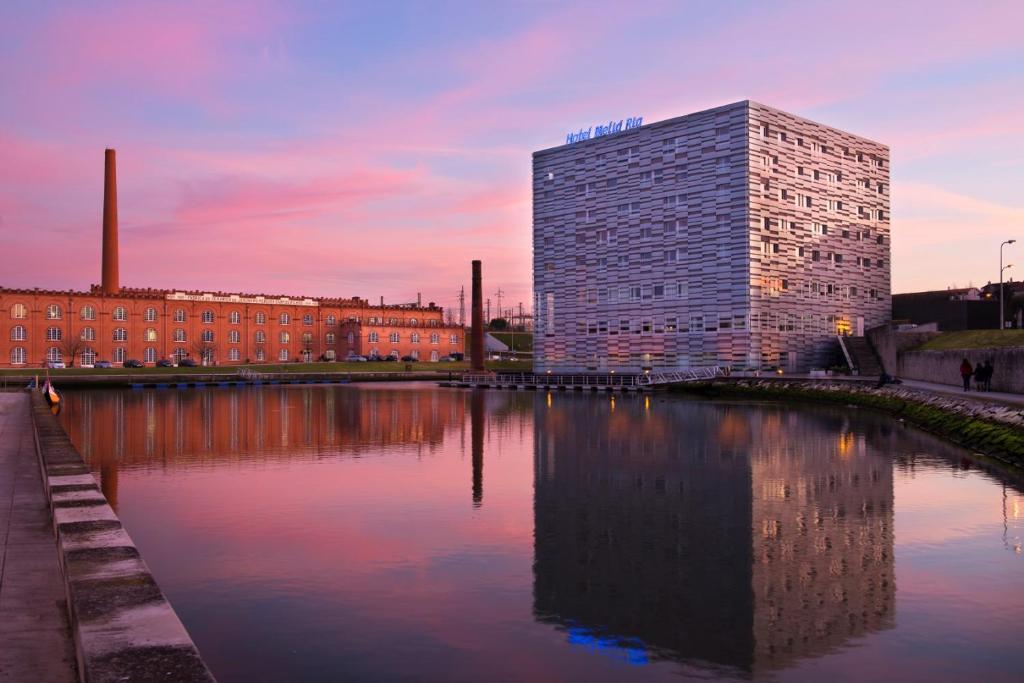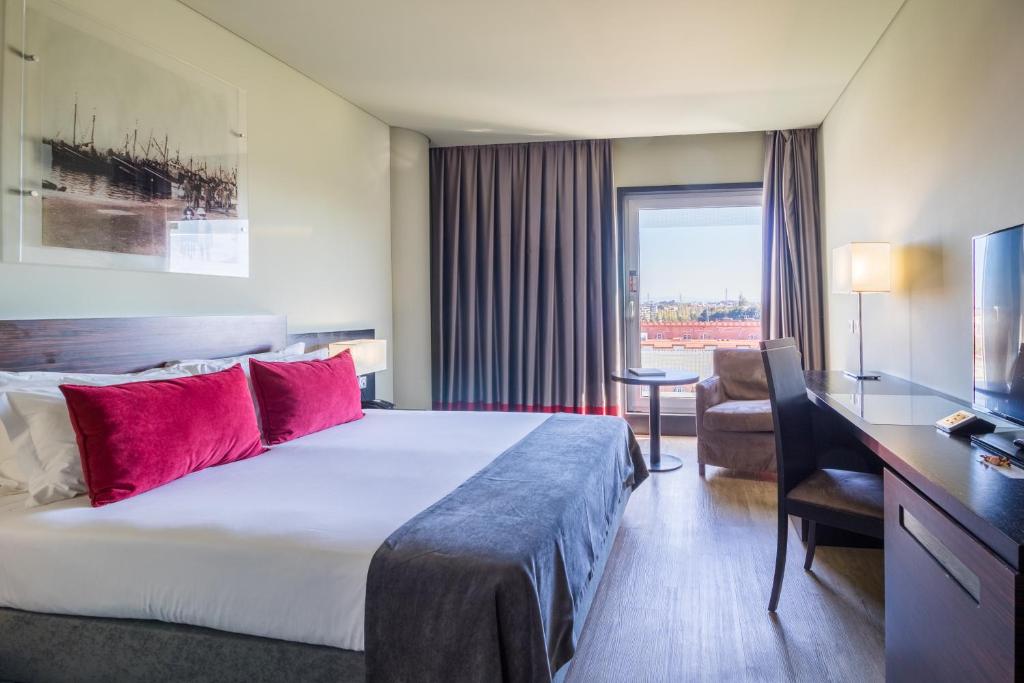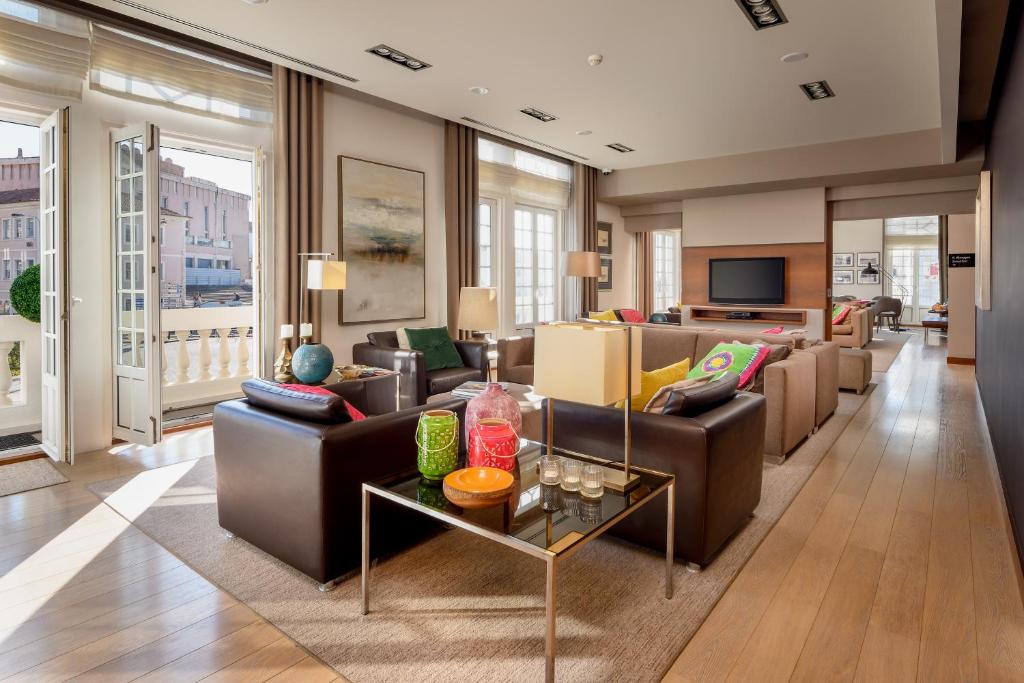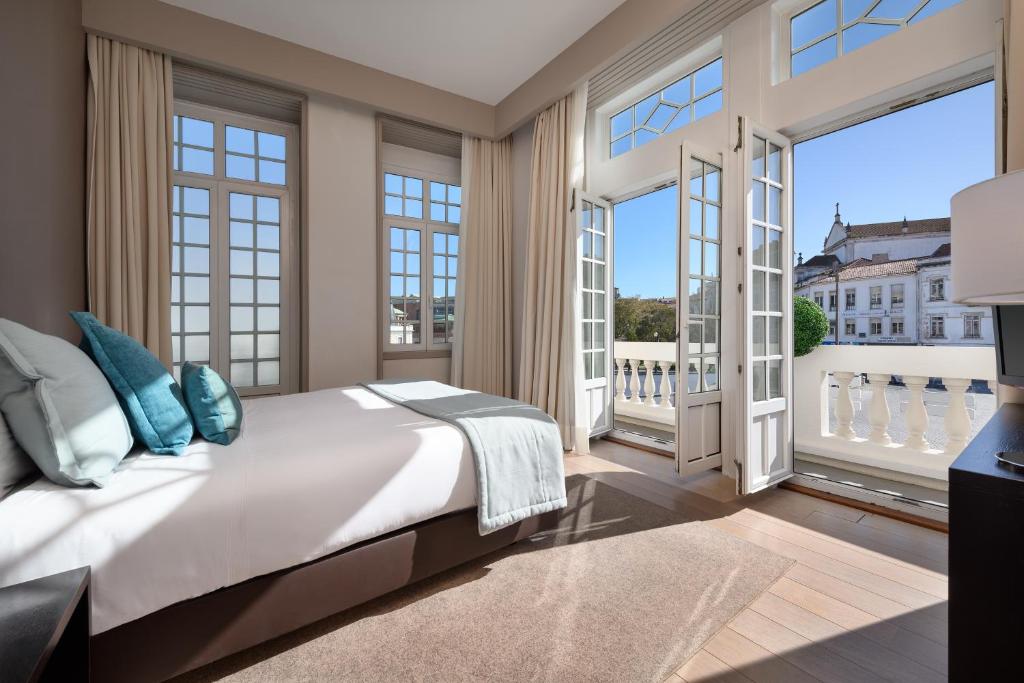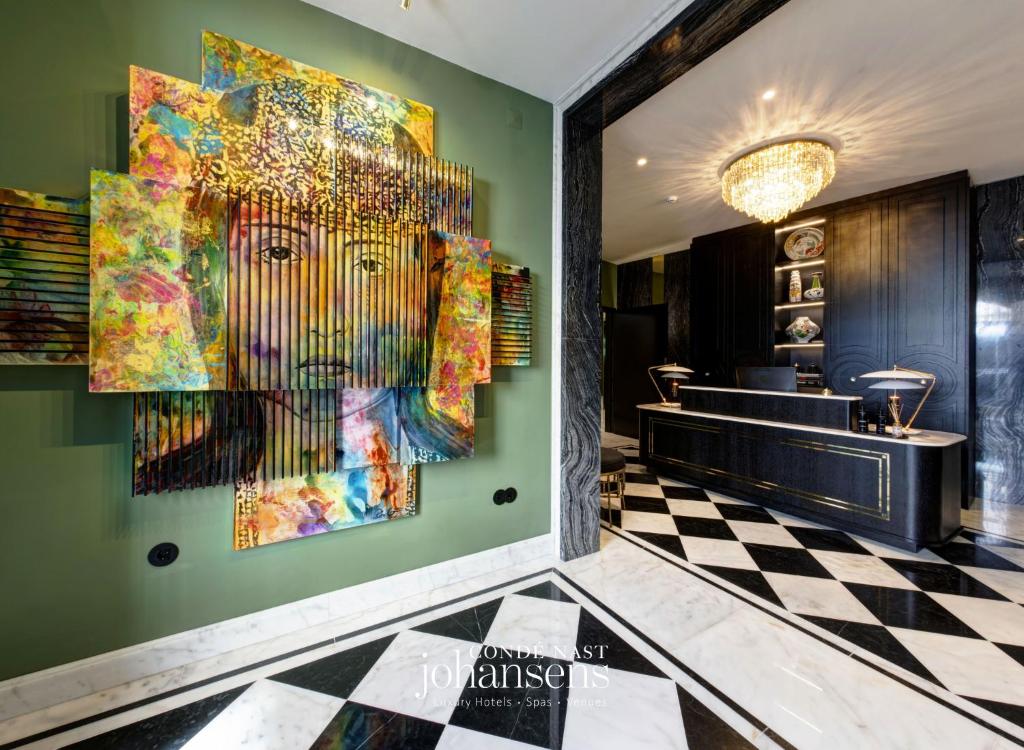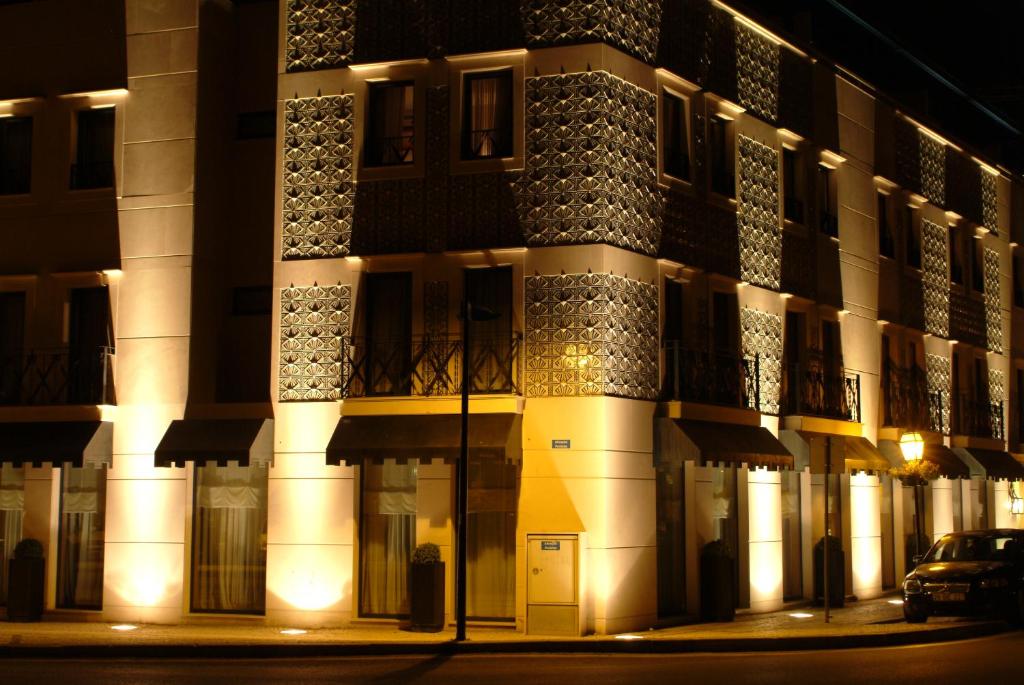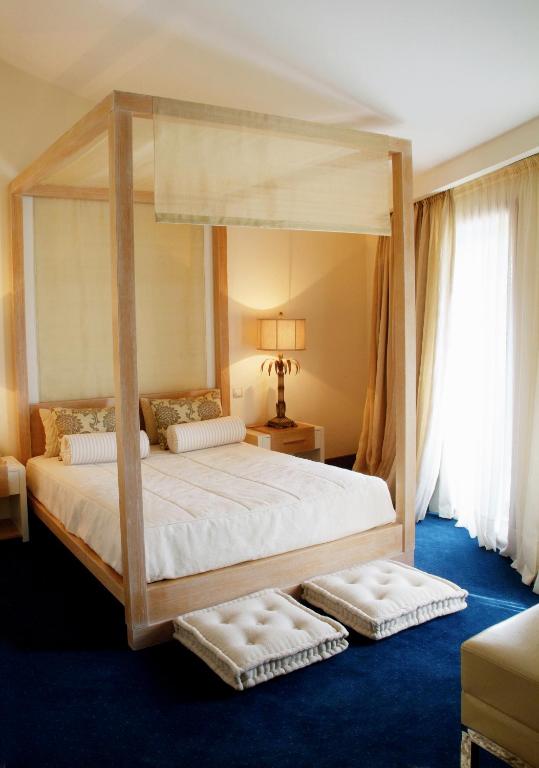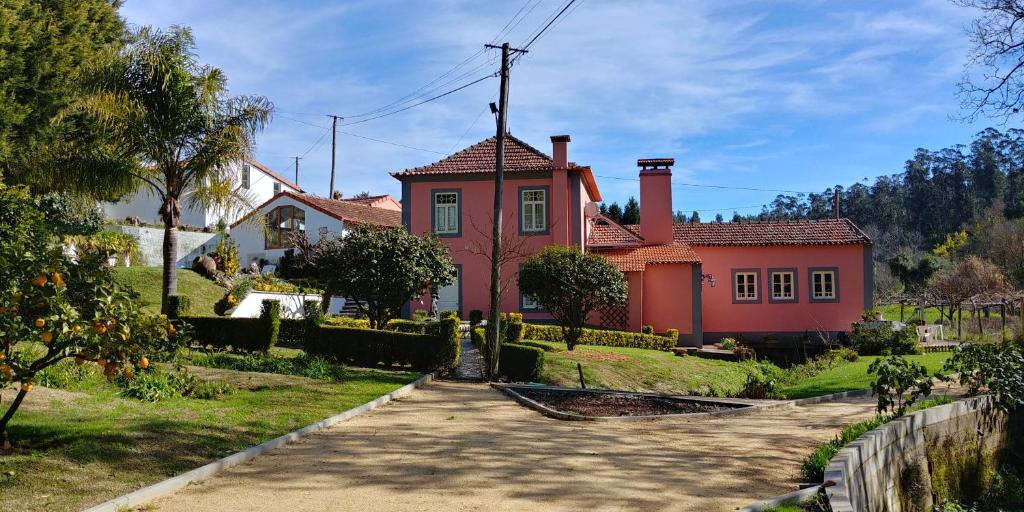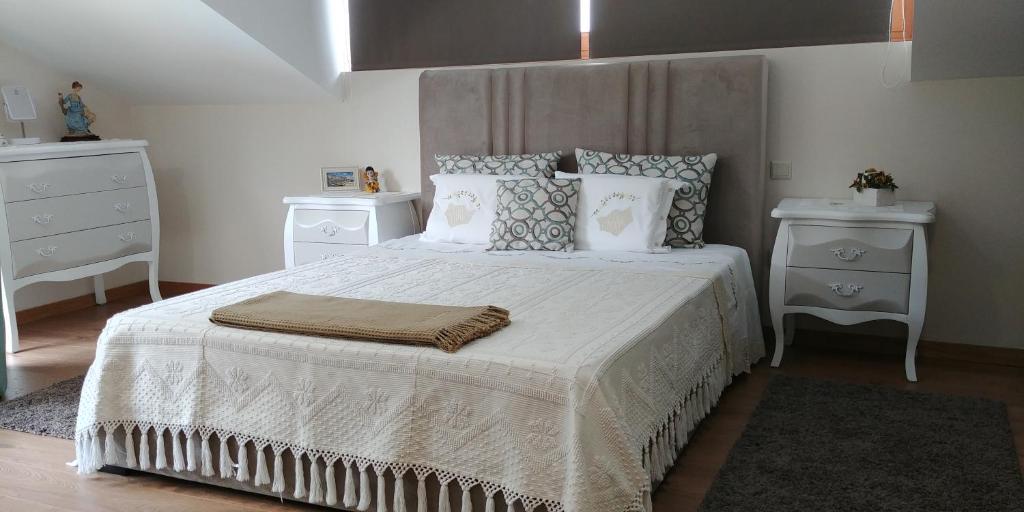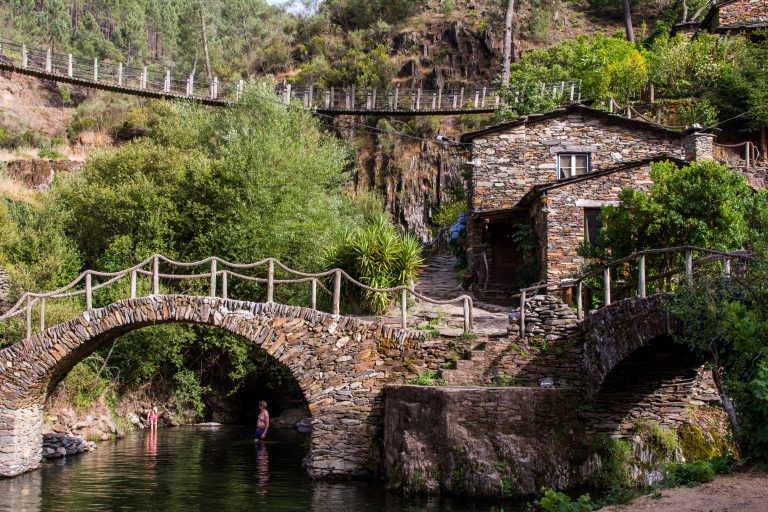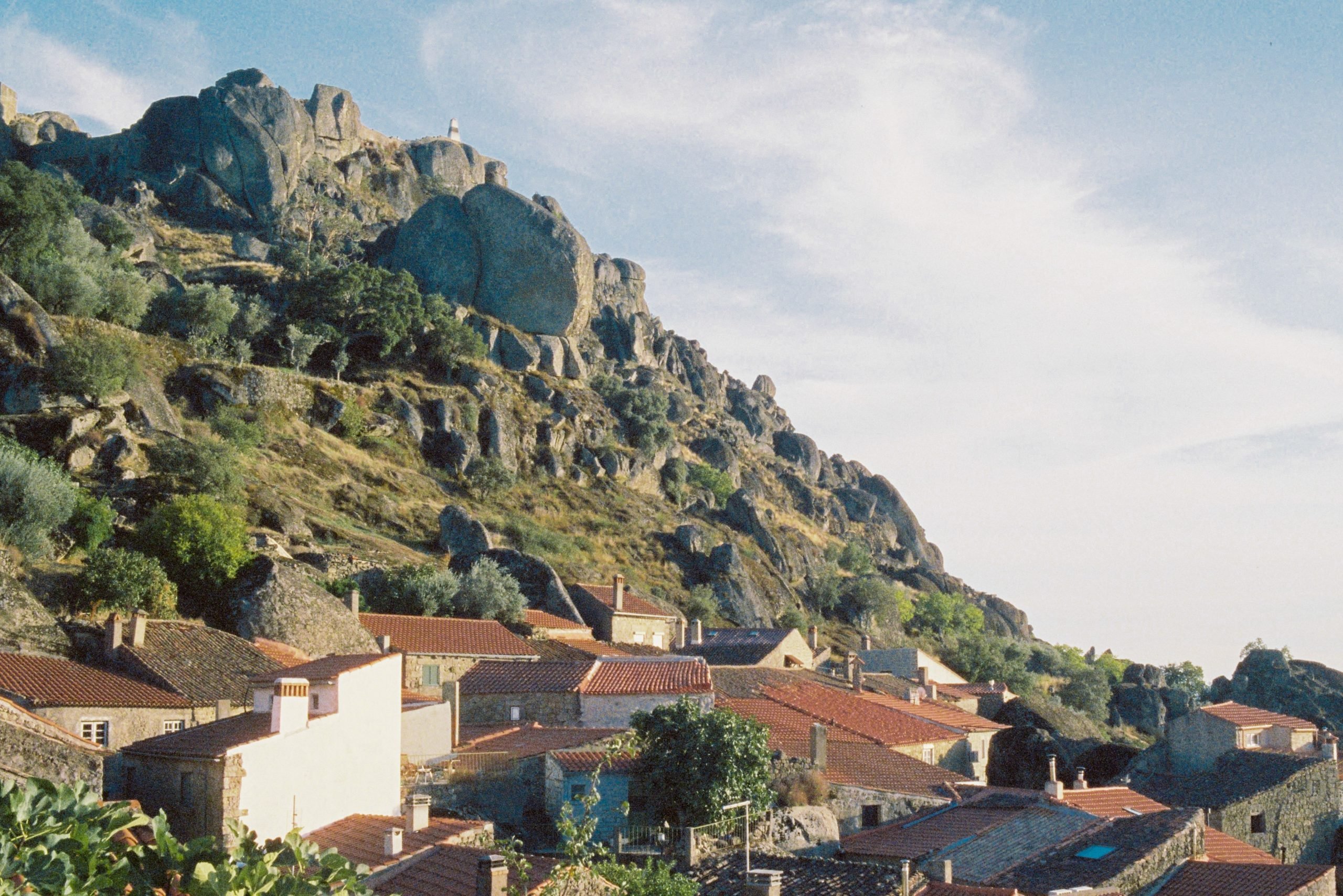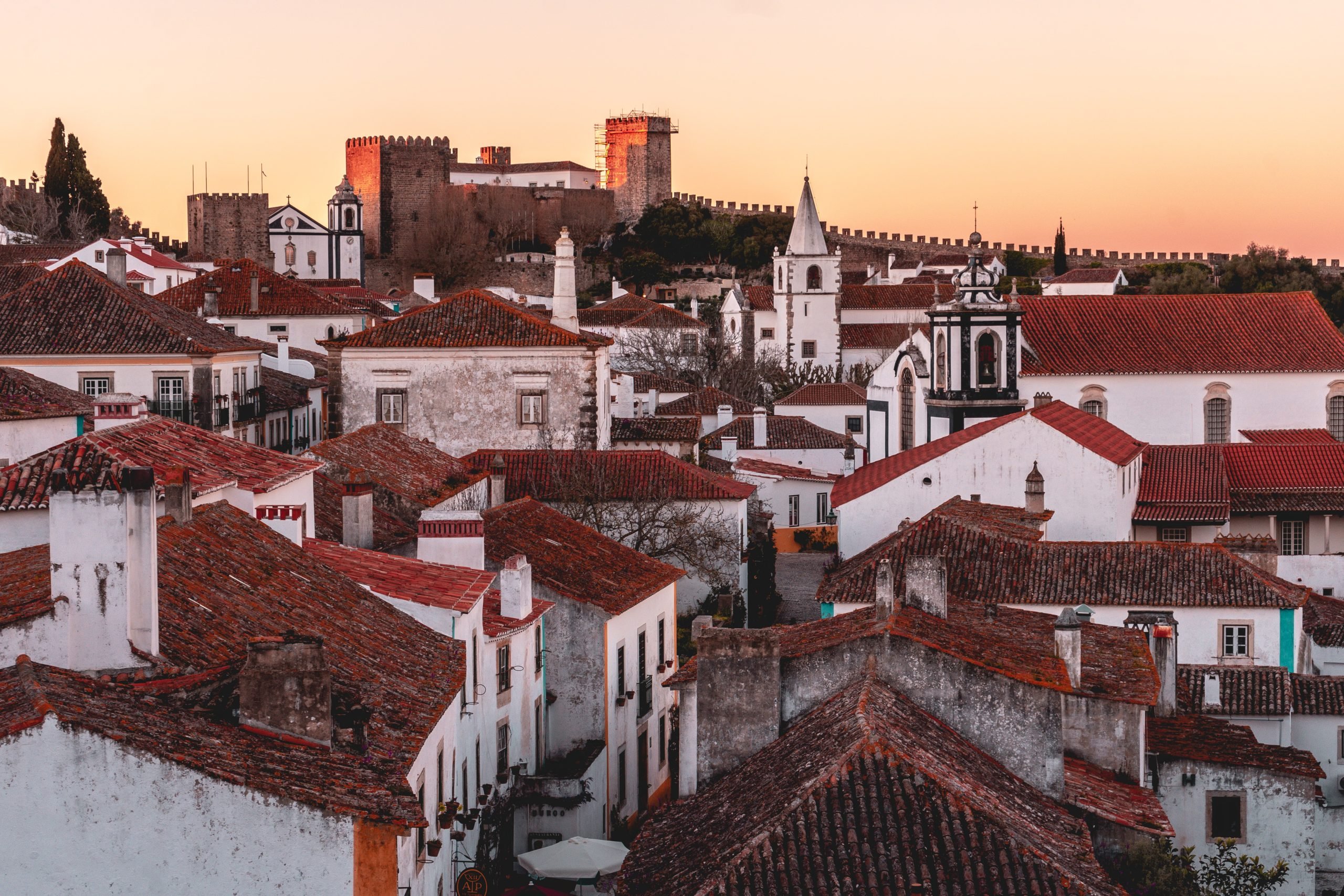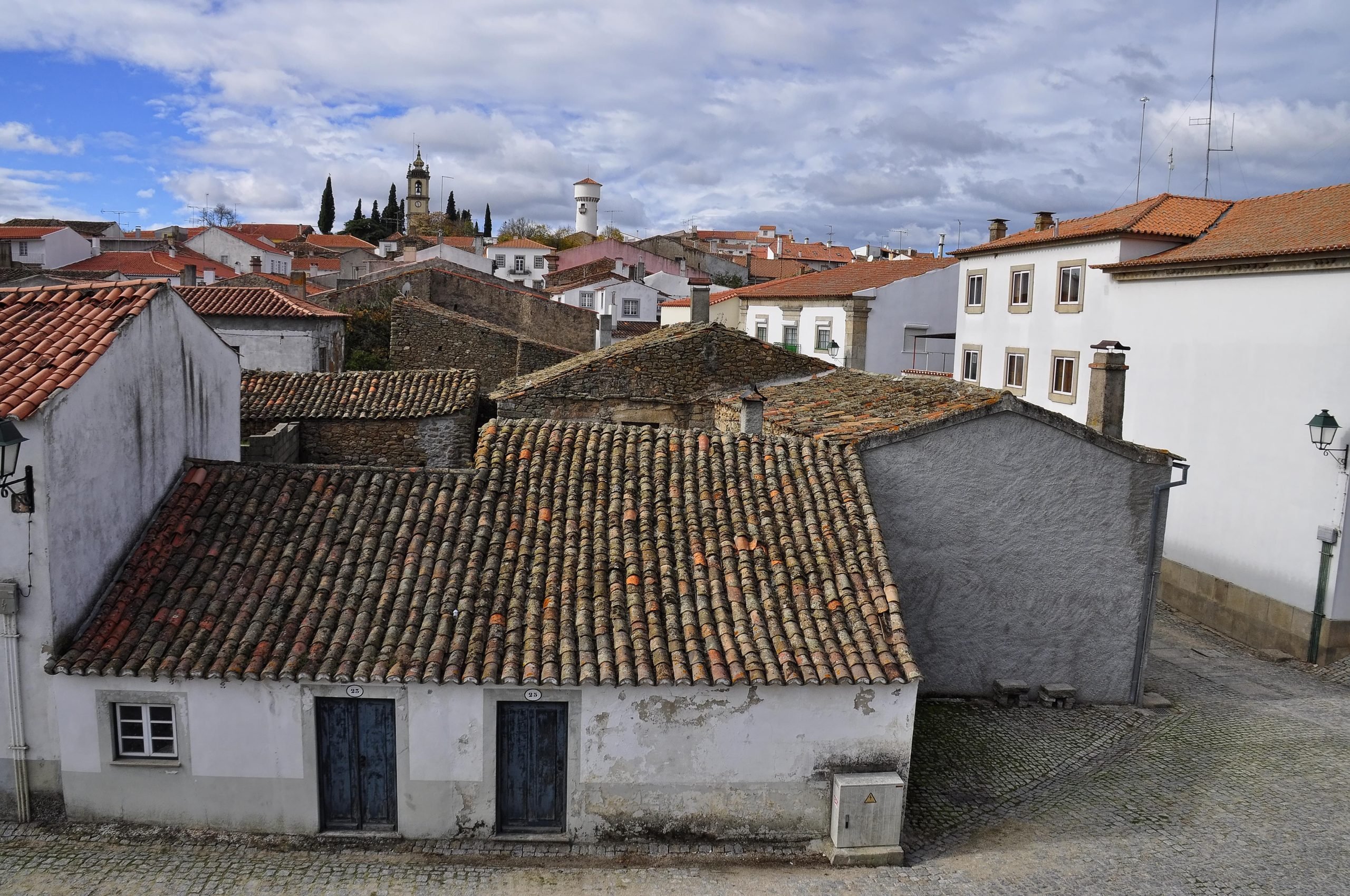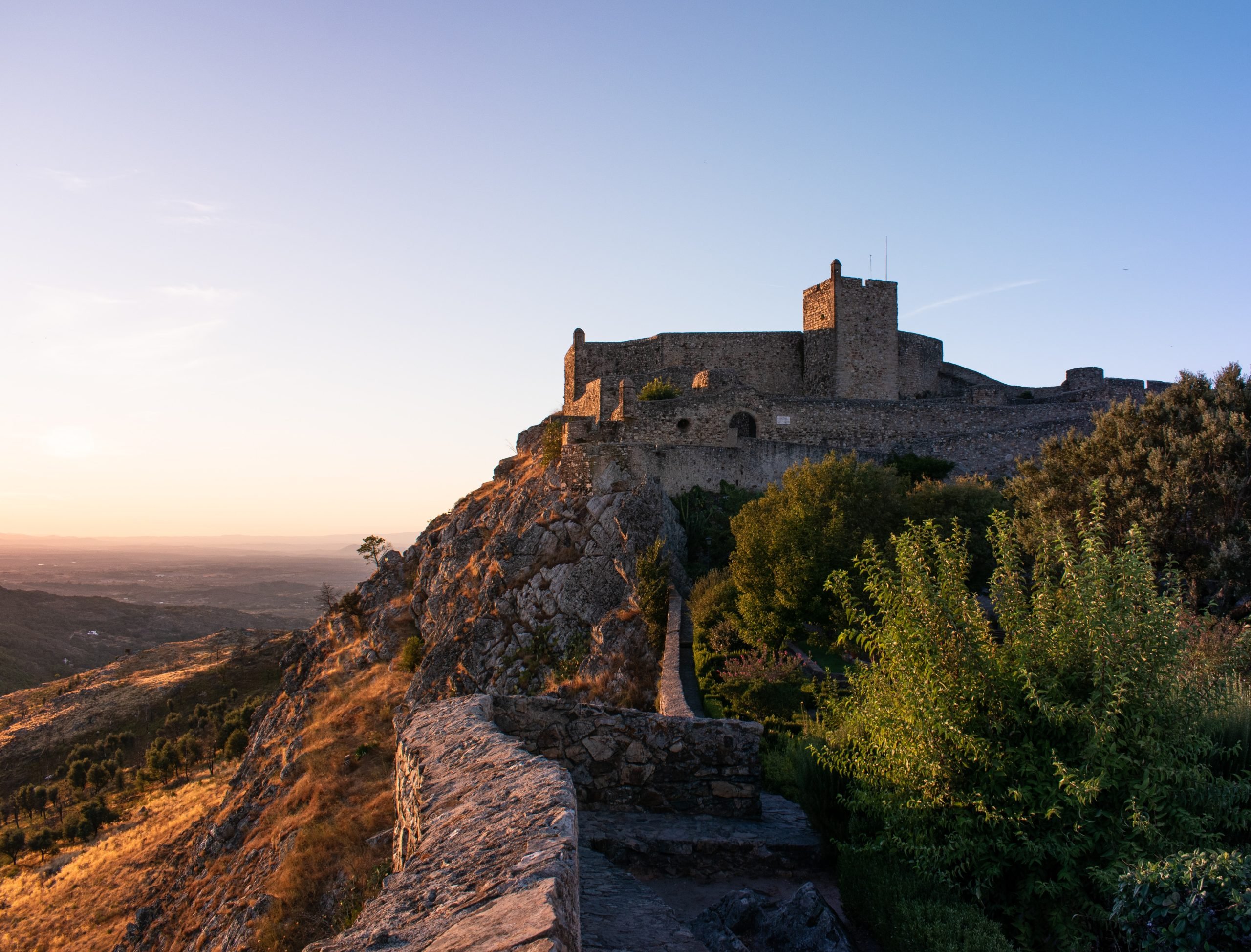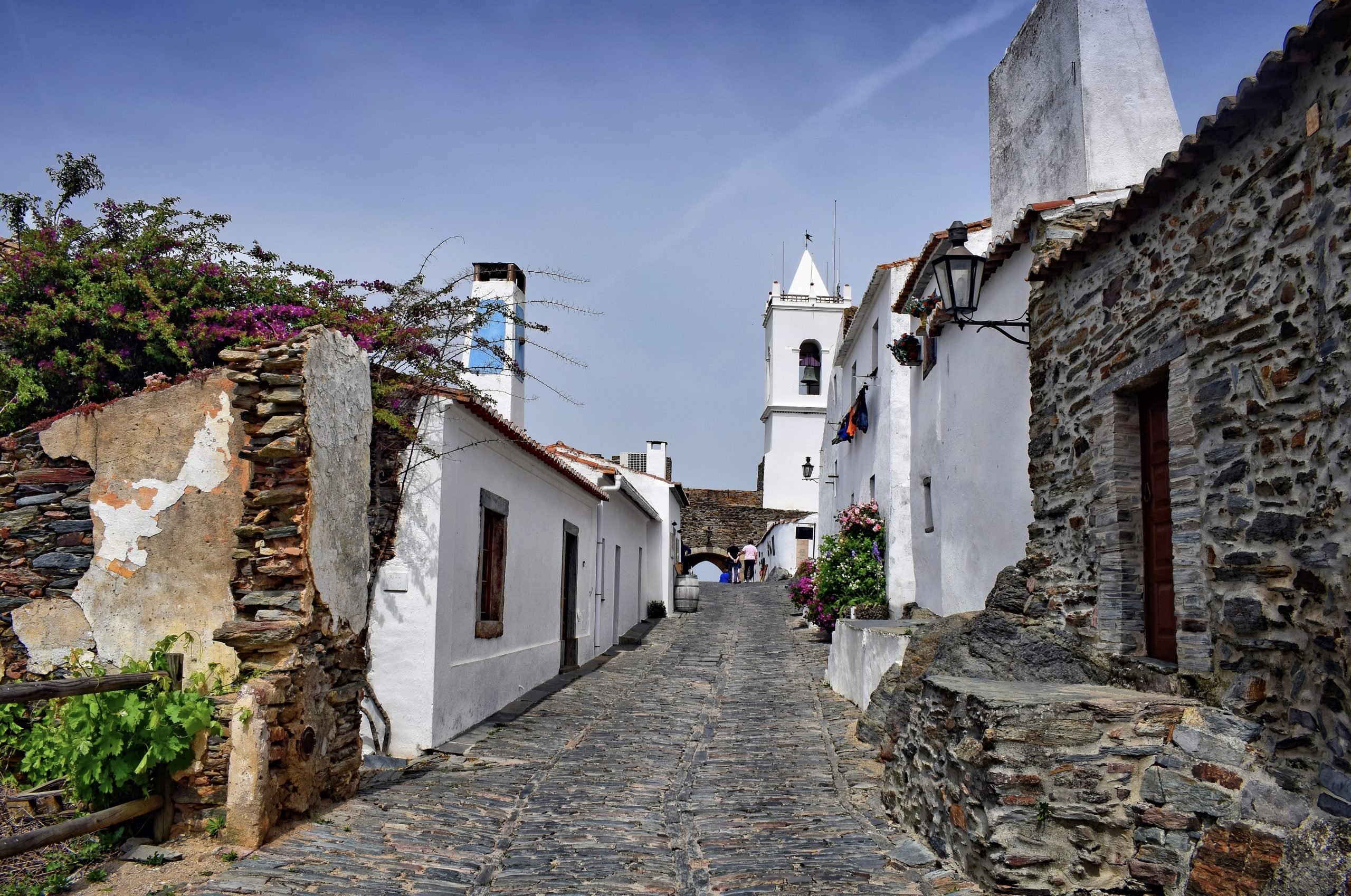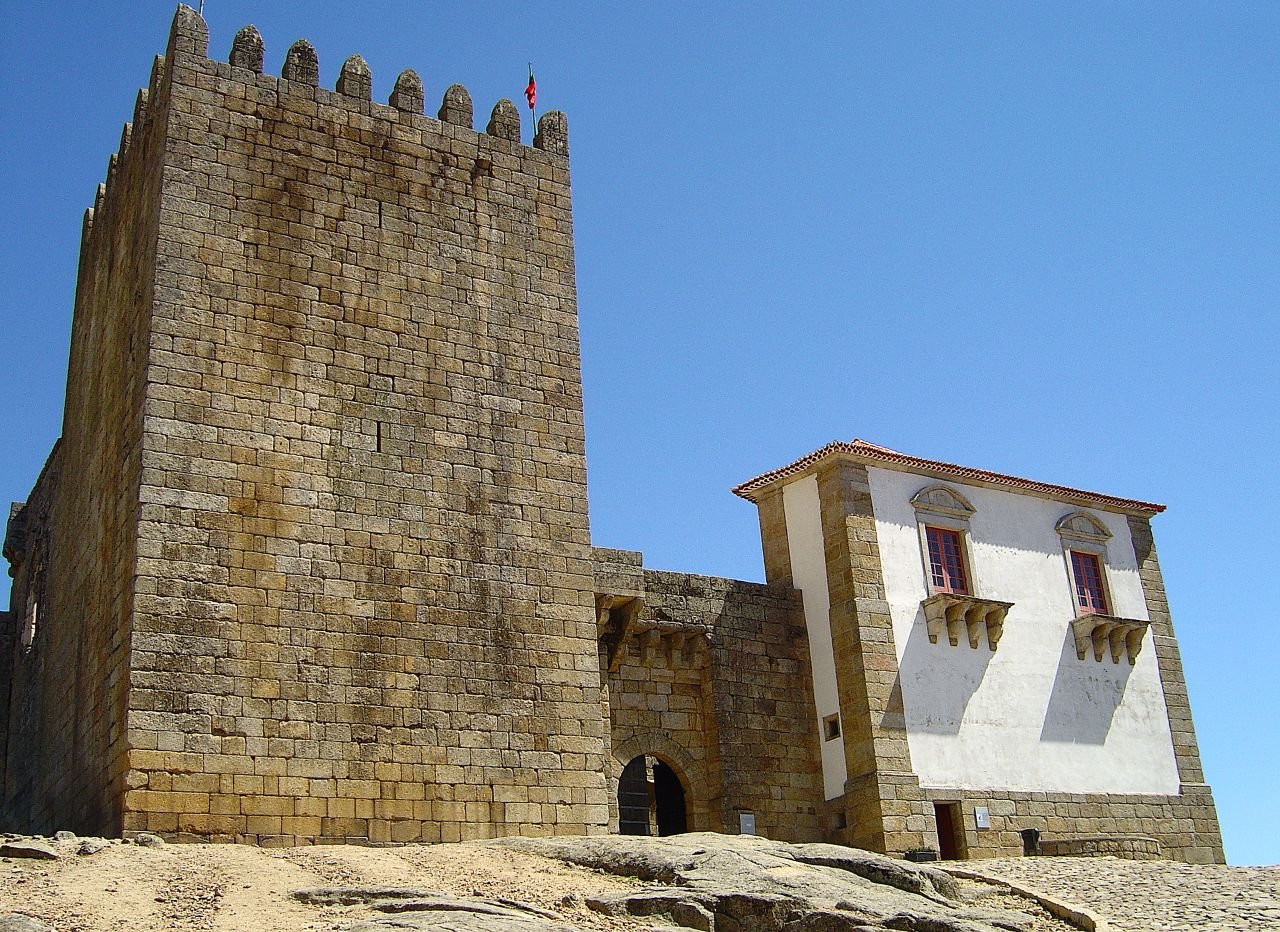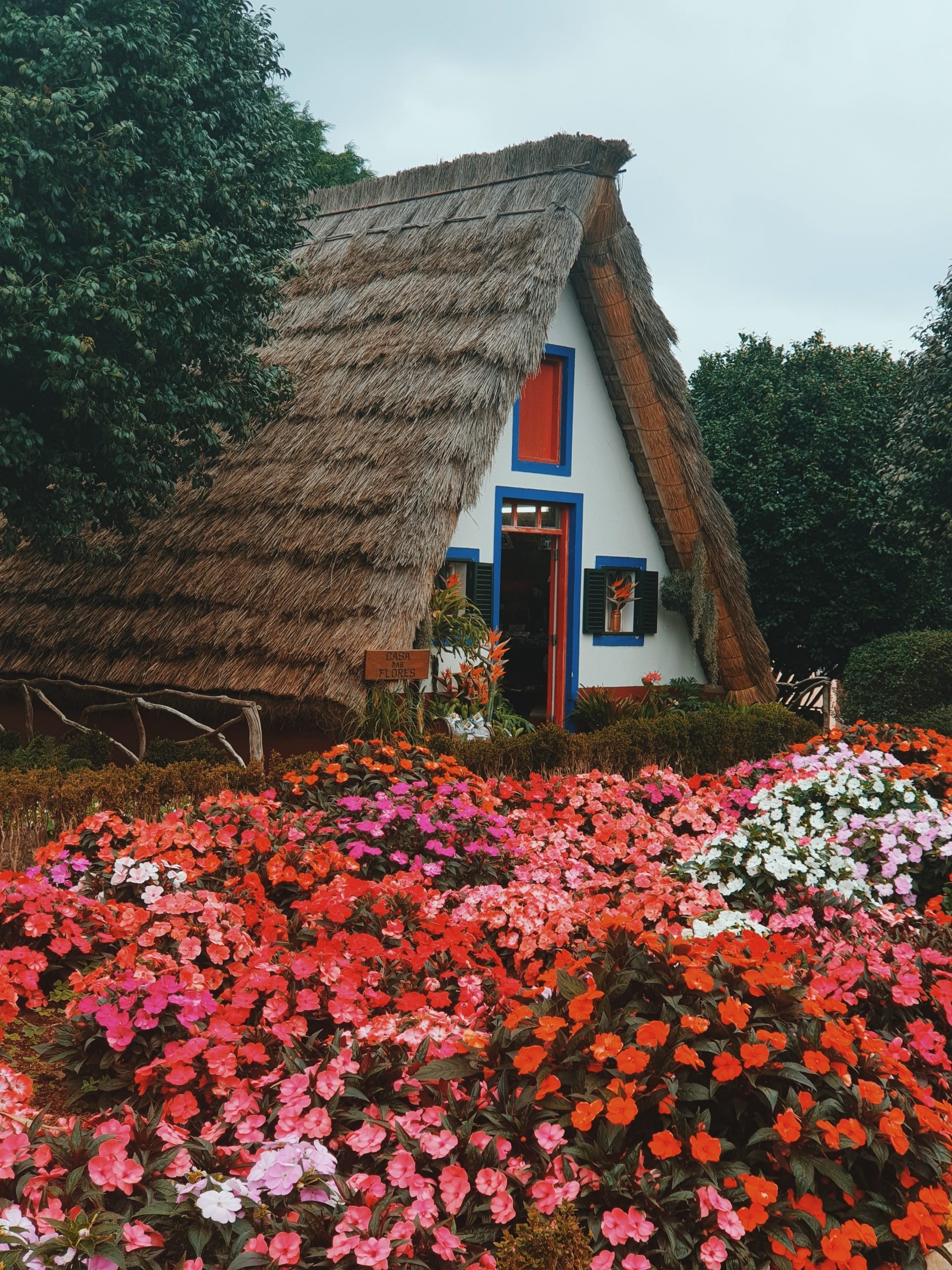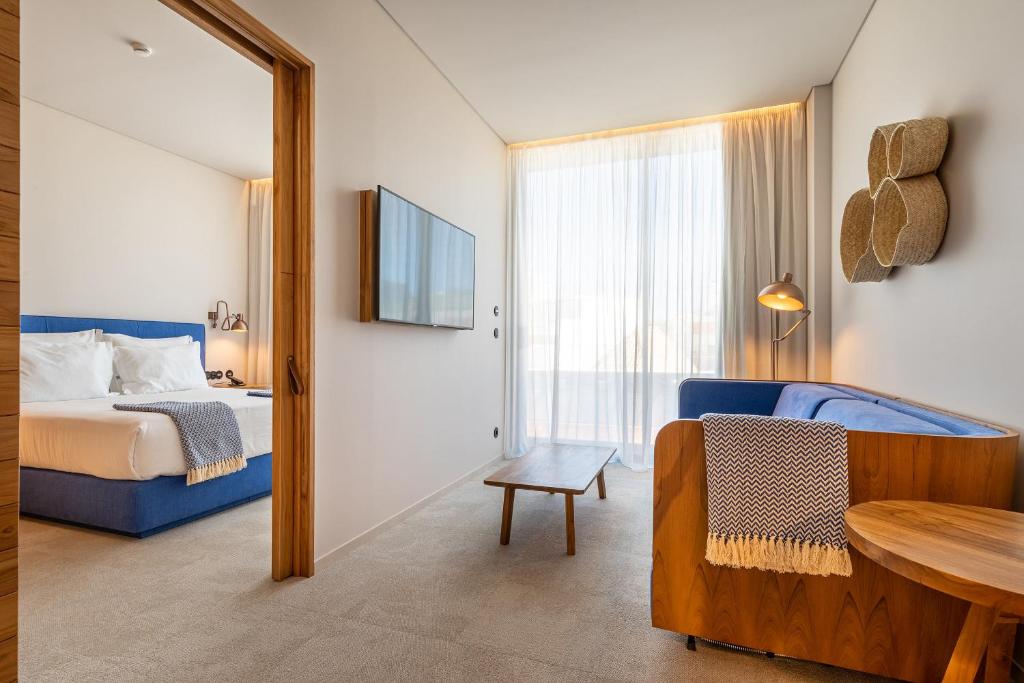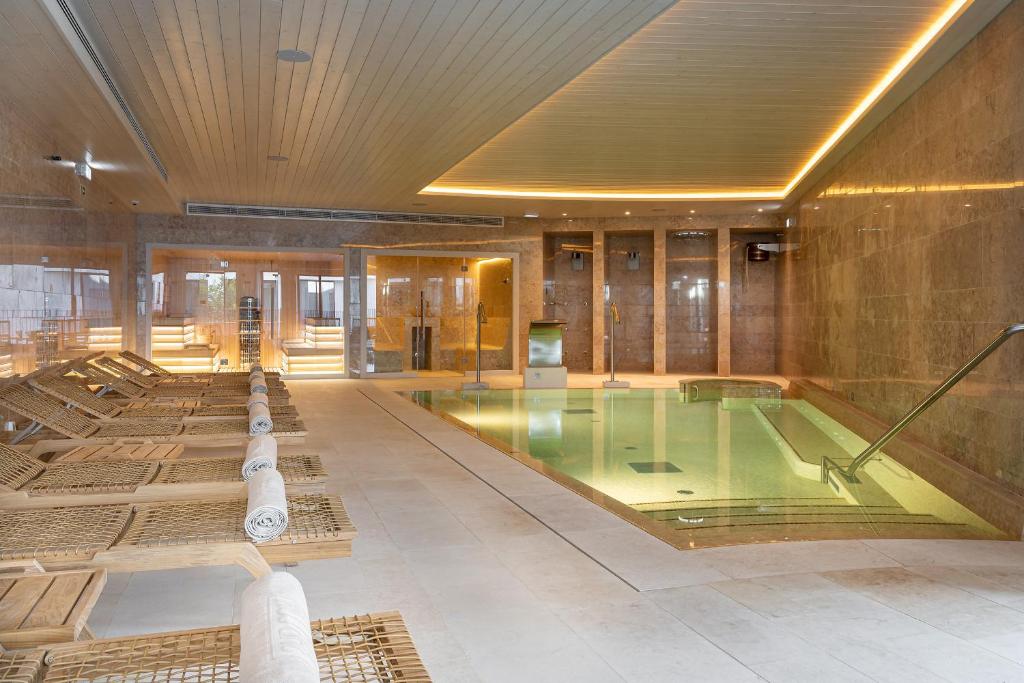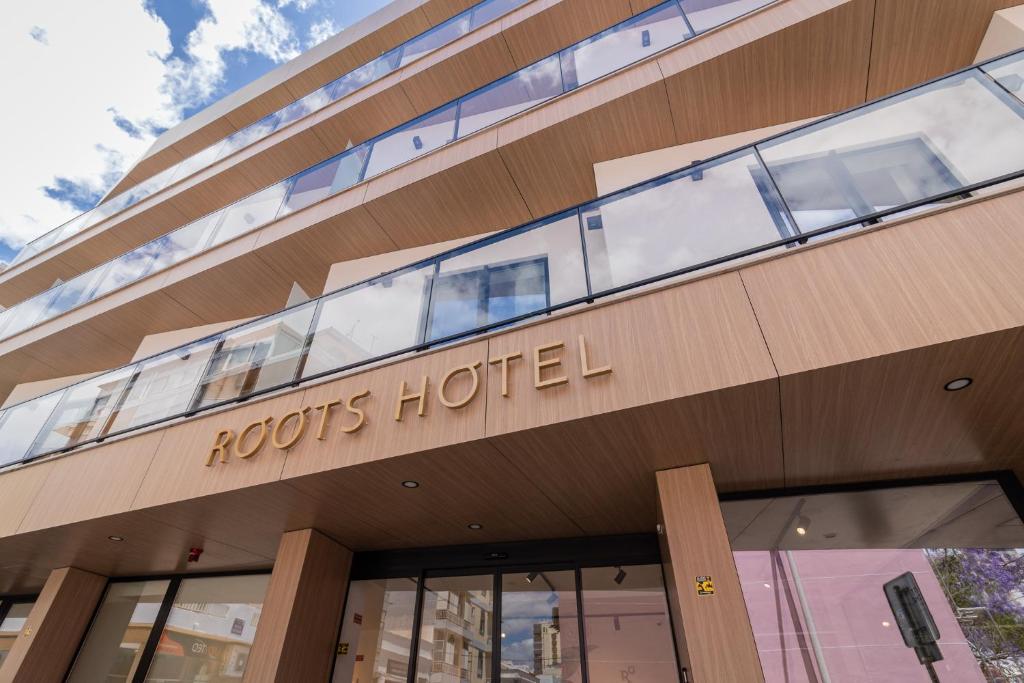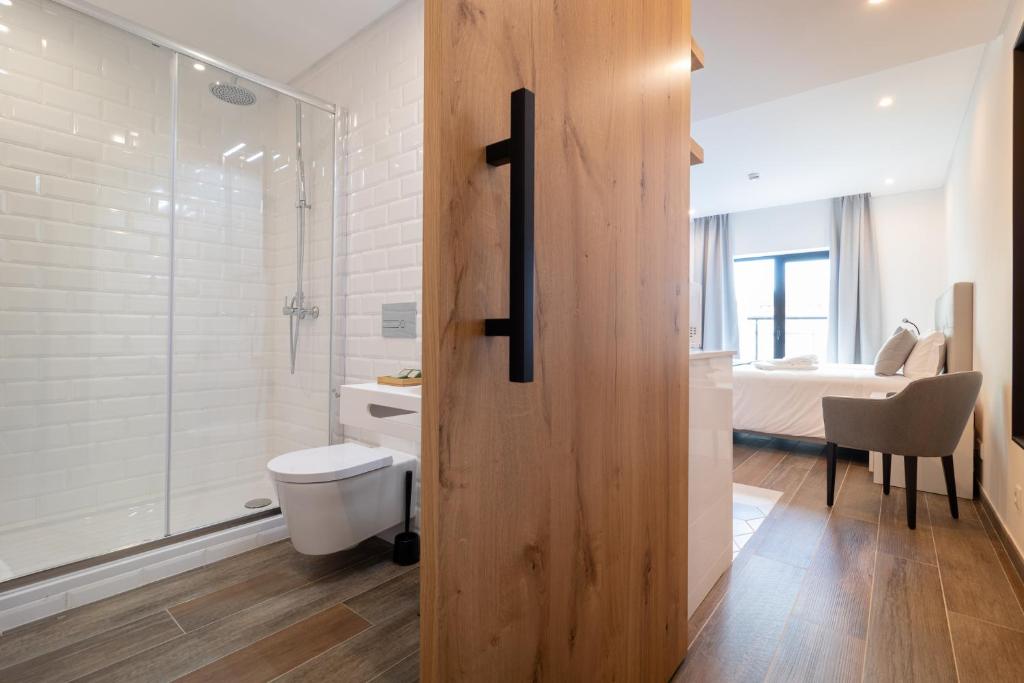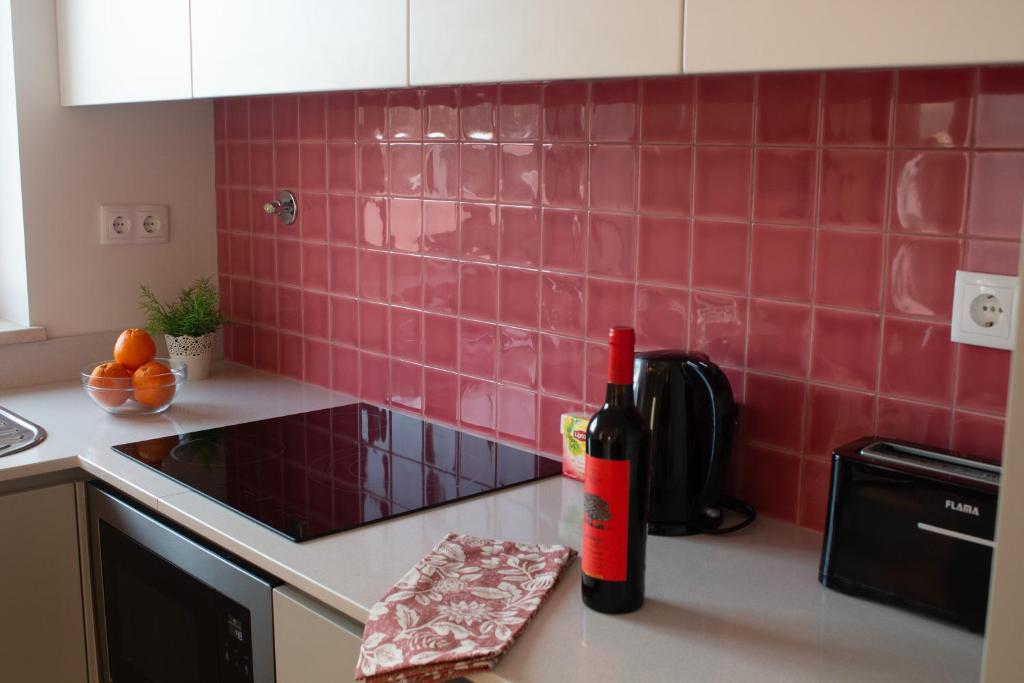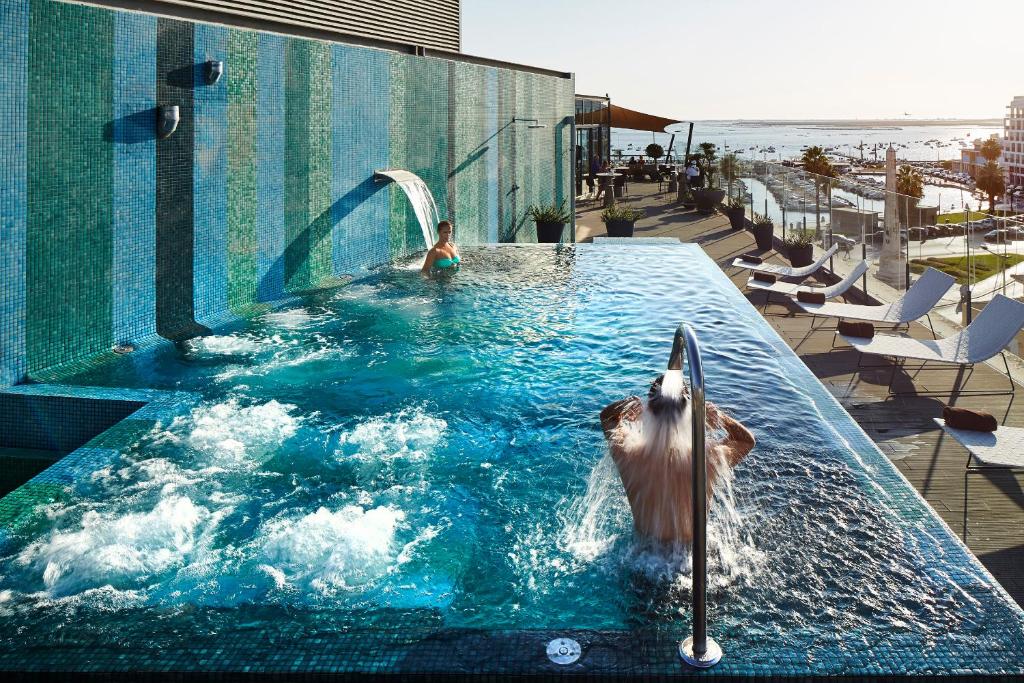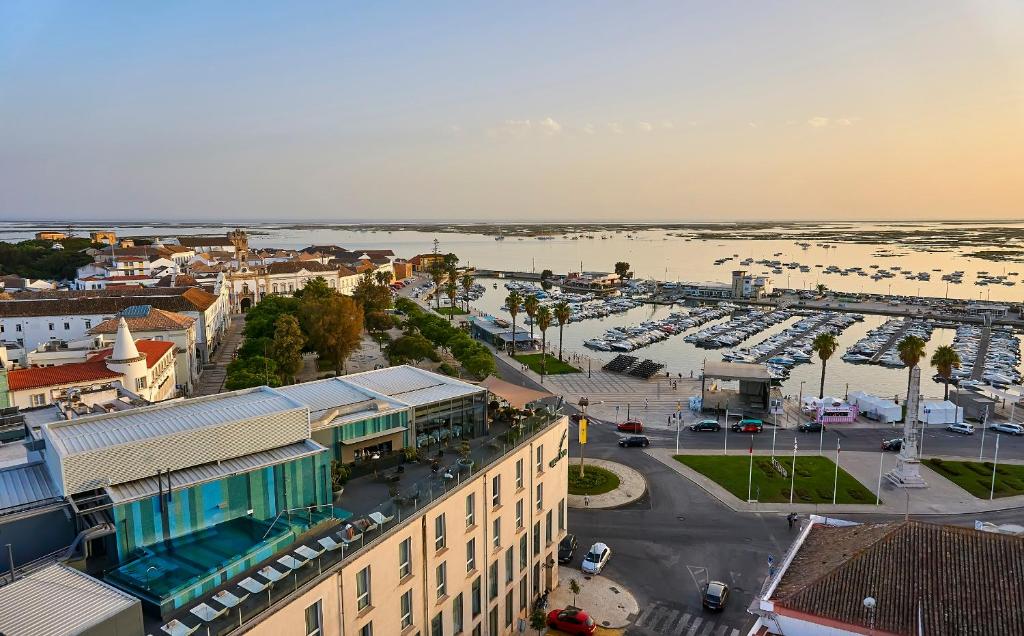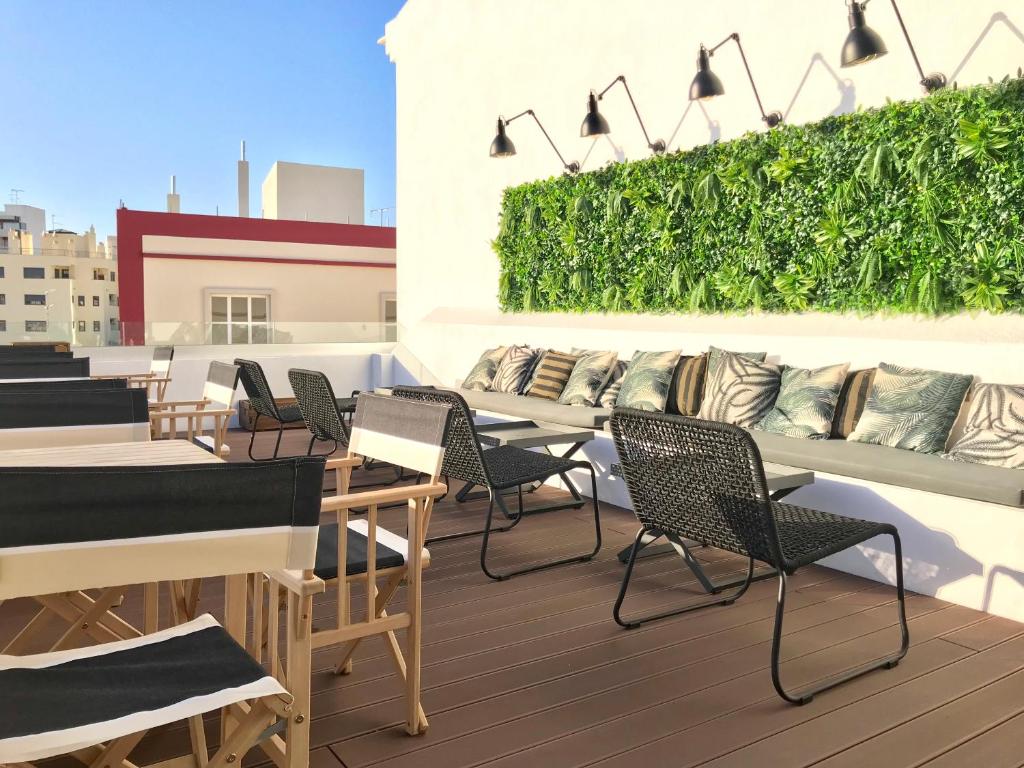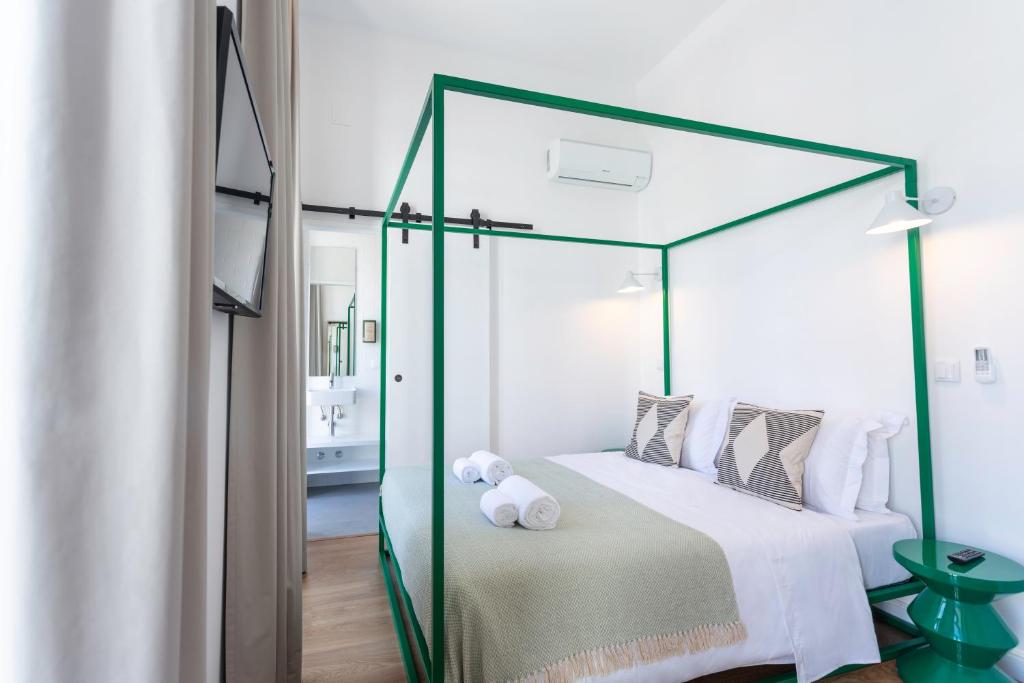History of Traditional Handicrafts in Portugal
Portuguese traditional handicrafts have a history that stretches back many centuries, reflecting the country’s vibrant cultural heritage. Portugal has a deep-rooted tradition of artesanato, influenced by a diverse range of civilizations and cultures that have shaped the region over time. From the exquisite azulejo tiles to embroidery, these traditional handicrafts have played a crucial role in preserving Portugal’s unique cultural identity.
For example, one of the most remarkable traditional artesanatos in Portugal is the art of azulejo. Azulejos are hand-painted ceramic tiles that embellish buildings, churches, and even palaces throughout the country. Introduced by the Moors during their occupation of the Iberian Peninsula, azulejos became an integral part of Portuguese architecture from the 15th century onwards.
Traditional handicrafts not only serve as a testament to Portugal’s artistic legacy but also contribute significantly to its economy and tourism. Preserving and promoting these crafts is of utmost importance to Portugal, as they continue to captivate both locals and visitors with their beauty and historical importance. In essence, traditional handicrafts almost preserve the history of Portugal!
Popular Traditional Handicrafts in Portugal
A great way to support traditional handicrafts in Portugal is by buying handmade artesanato directly from local artisans. Let’s take a look at popular traditional handicrafts in Portugal to look out for.
Pottery/Ceramics
Pottery or ceramics is an art form that can be found throughout the country, but some notable regions renowned for their pottery production include Barcelos, Caldas da Rainha, and Nisa. These areas offer a glimpse into the intricate pottery-making process, from shaping the clay to hand-painting vibrant designs.
Portuguese pottery is celebrated for its distinctive patterns and colors, often drawing inspiration from nature, folklore, and historical events. Pottery is not only functional but also serves as a decorative art form, with pieces ranging from delicate ceramic dishes to ornate tiles and figurines.
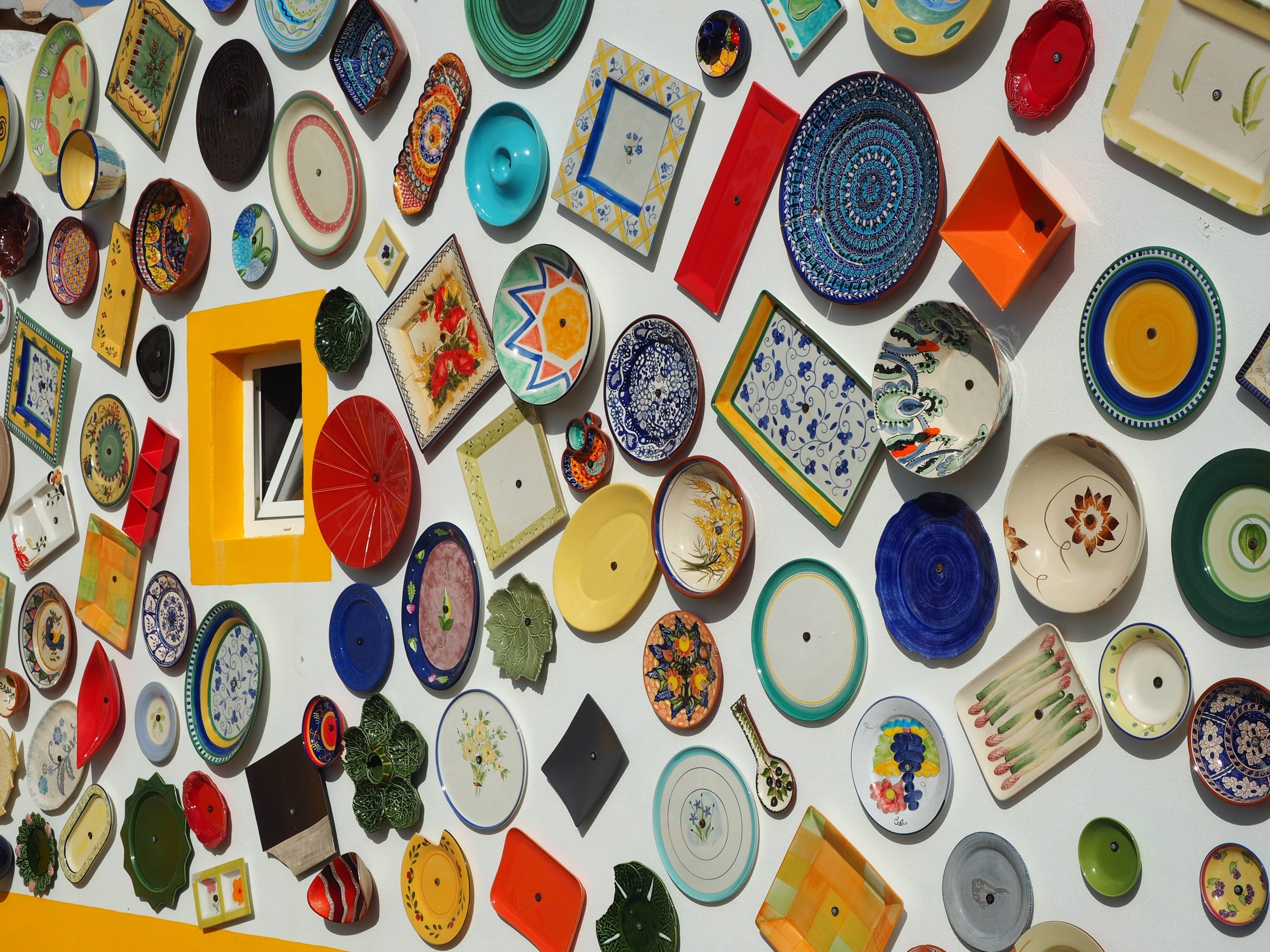
Embroidery
Embroidery is another popular traditional handicraft in Portugal, known for its meticulous needlework and intricate designs. The town of Viana do Castelo is particularly celebrated for its embroidery tradition. Portuguese embroidery encompasses a wide range of techniques, including counted thread embroidery and whitework. It’s also common for the older generation to have high skills in embroidery, particularly women.
Skilled artisans use fine threads to create intricate patterns on various textiles, such as tablecloths, pillowcases, and clothing. These designs often feature floral motifs, geometric patterns, and religious symbols, depending on the region.
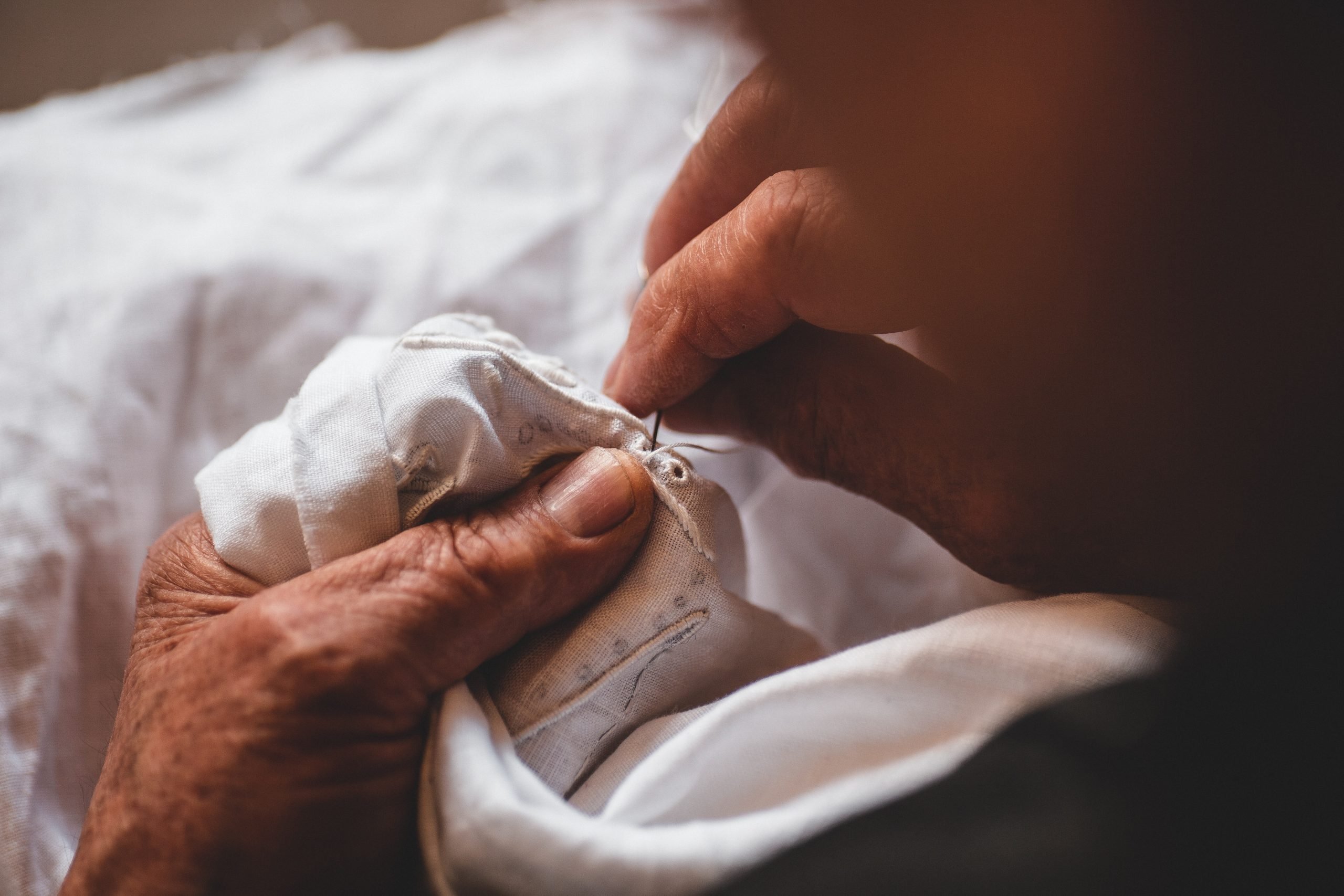
Basket weaving
Basket weaving is a special but lesser-known artesanato in Portugal, with skilled artisans creating functional and decorative baskets using natural materials like willow and straw. The town of Castelo Branco is renowned for its basketry tradition, with the weavers expertly crafting a wide variety of baskets, from sturdy shopping baskets to intricately designed decorative pieces.
If you spot a traditional store, keep in mind that these might be pricier than you expect as they take a lot of work to make. Moreover, these beautifully crafted baskets are not only functional but also make for unique souvenirs and gifts.
Lace making
Lace making, known as renda, is an exquisite traditional handicraft that has deep roots in Portugal’s history. The city of Peniche is particularly famous for its lace-making tradition. Portuguese lace is meticulously crafted using delicate threads and intricate patterns, often depicting floral and geometric designs. Skilled artisans create lace by hand, using bobbins and fine needles.
You will find that it is quite common for Portuguese elderly to make tablecloths and other useable products with lace.
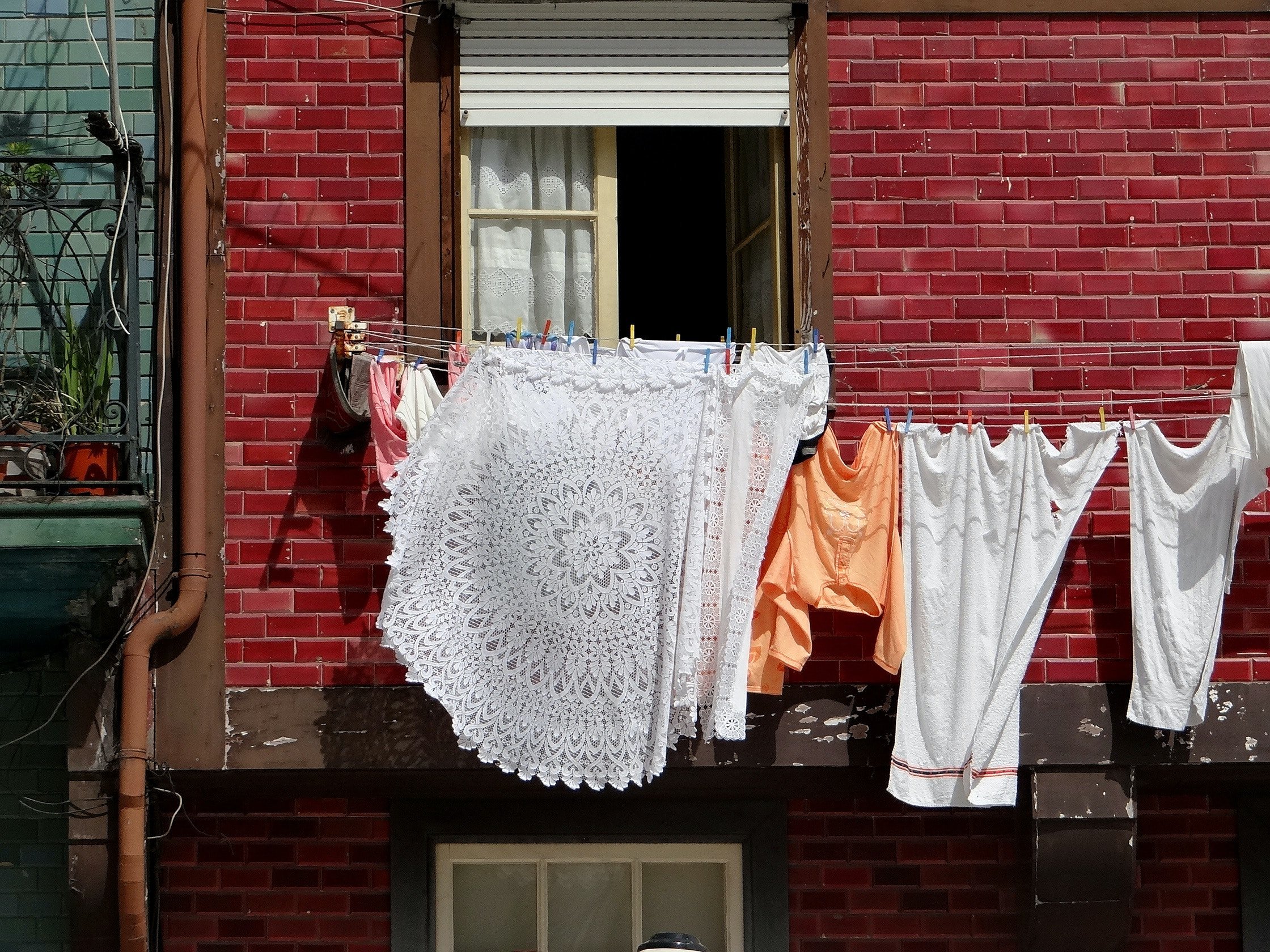
Cork products
Fun fact – Portugal is the largest producer of cork in the world. What many don’t know is that the art of working with cork has deep historical and cultural significance in Portugal. Cork products, ranging from fashion accessories to household items, are not only sustainable but also reflect Portugal’s connection to its natural resources.
The town of Evora, located in the Alentejo region, is renowned for its cork industry. Here, you can witness the intricate process of harvesting and transforming cork into a wide range of products, including bags, wallets, coasters, and even flooring.

Azulejo tiles
Last but not least, Azulejo tiles are one of the most important parts of Portugal’s cultural heritage. These glazed blue ceramic tiles from the 14th century decorate the streets, buildings, and monuments of Portuguese cities. The azulejo is also commonly displayed in Portuguese homes, as well as train stations, restaurants, and fountains.
These hand-painted ceramic tiles feature intricate designs and vibrant colors, often depicting historical narratives, religious scenes, and geometric patterns. Throughout the country, there are various stores selling handmade tiles, including the traditional blue and white, as well as in other colors.
The city of Lisbon, particularly the Alfama district, showcases stunning examples of azulejo tiles, with churches, palaces, and other buildings decorated with the tiles. The city of Porto is also known for the tiles, featured beautifully in Sāo Bento train station, for example.
